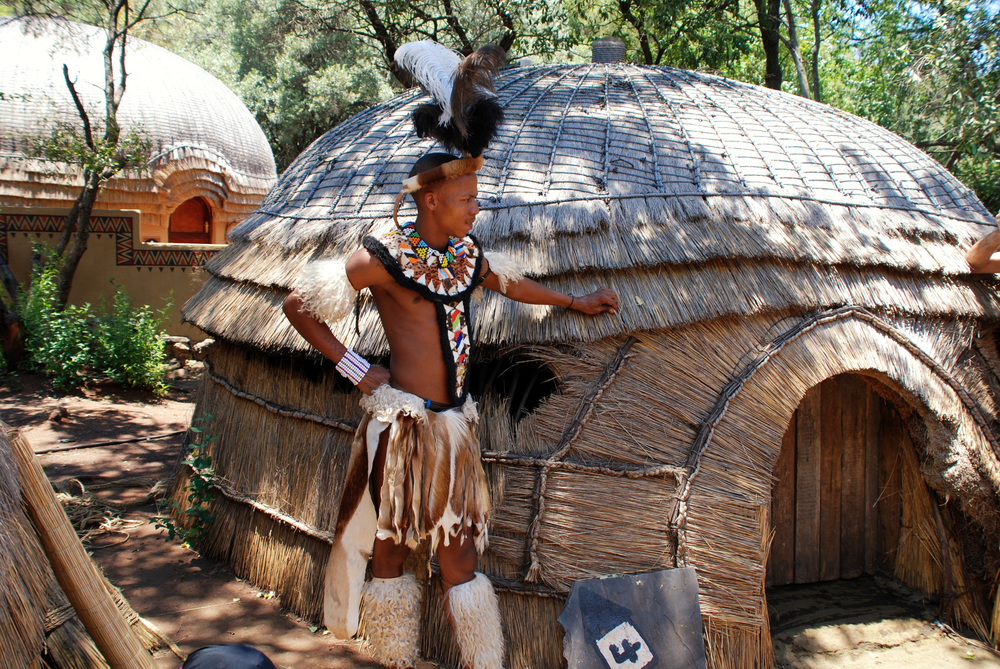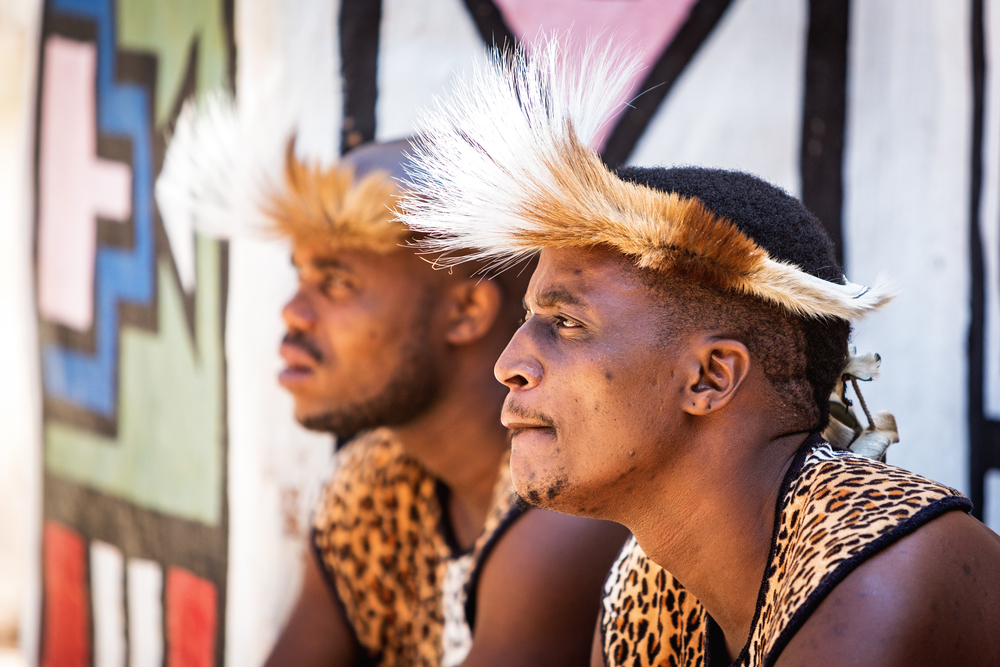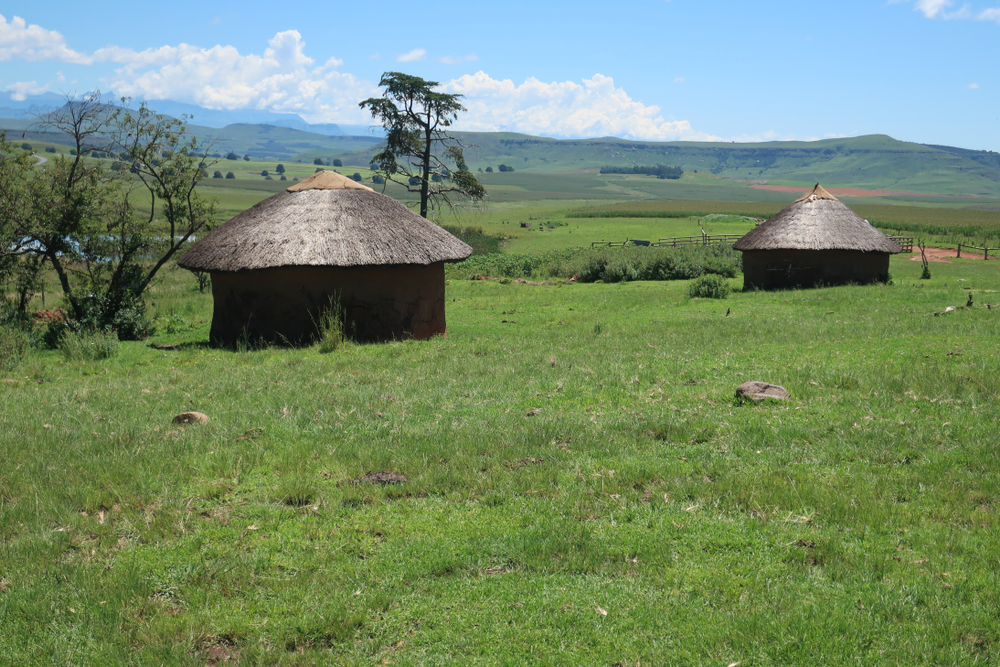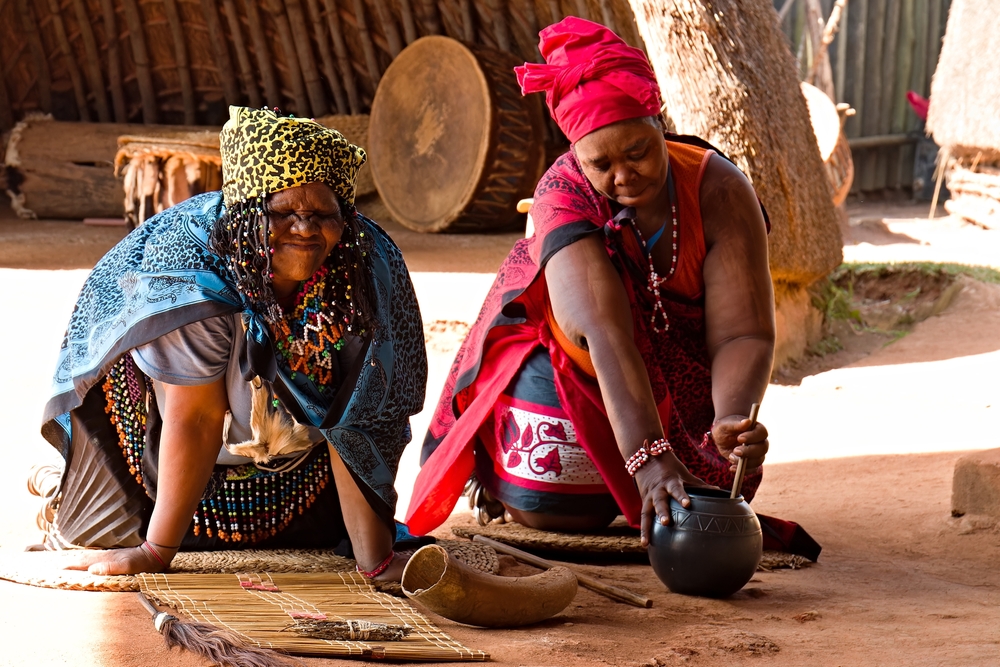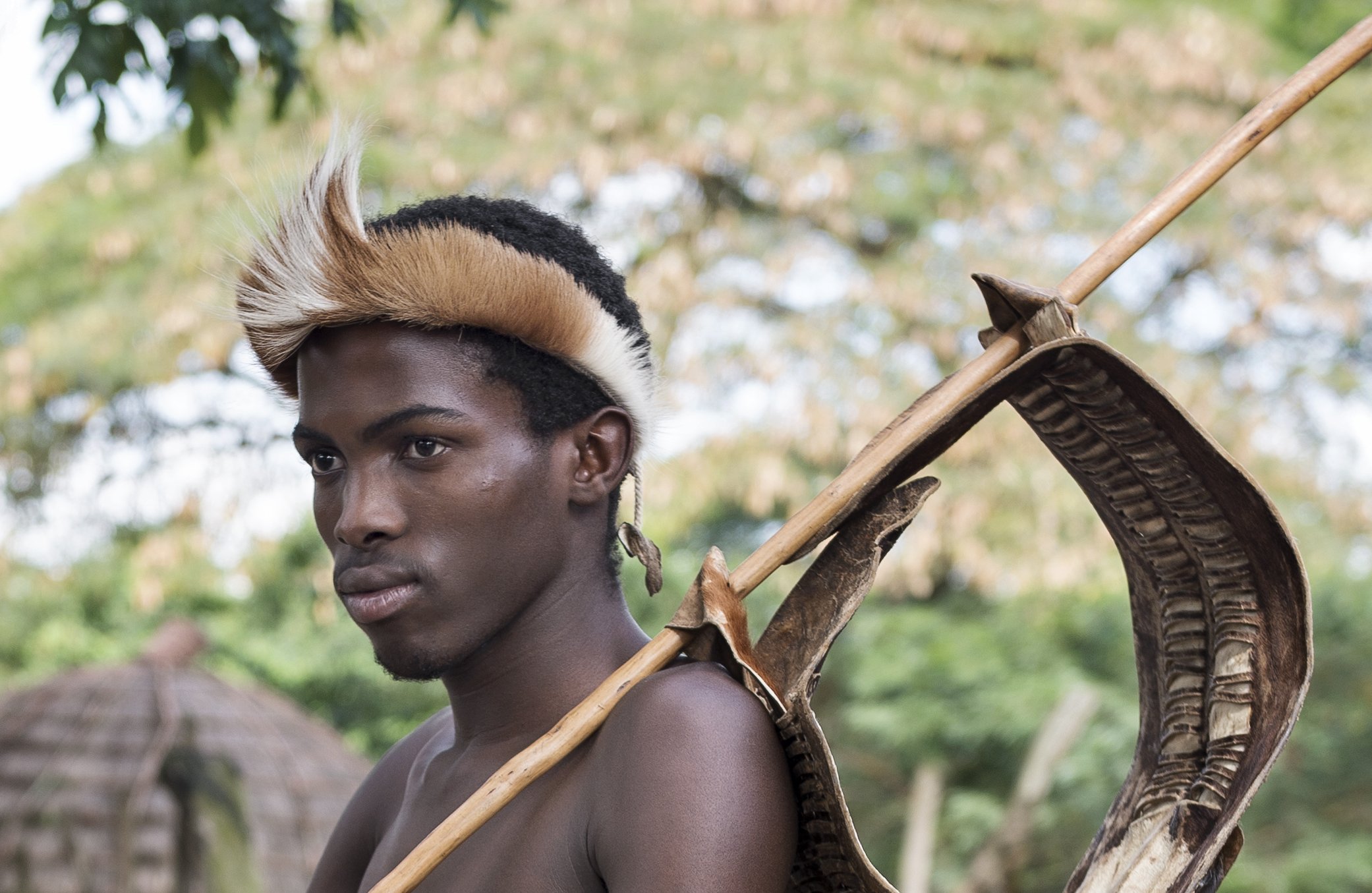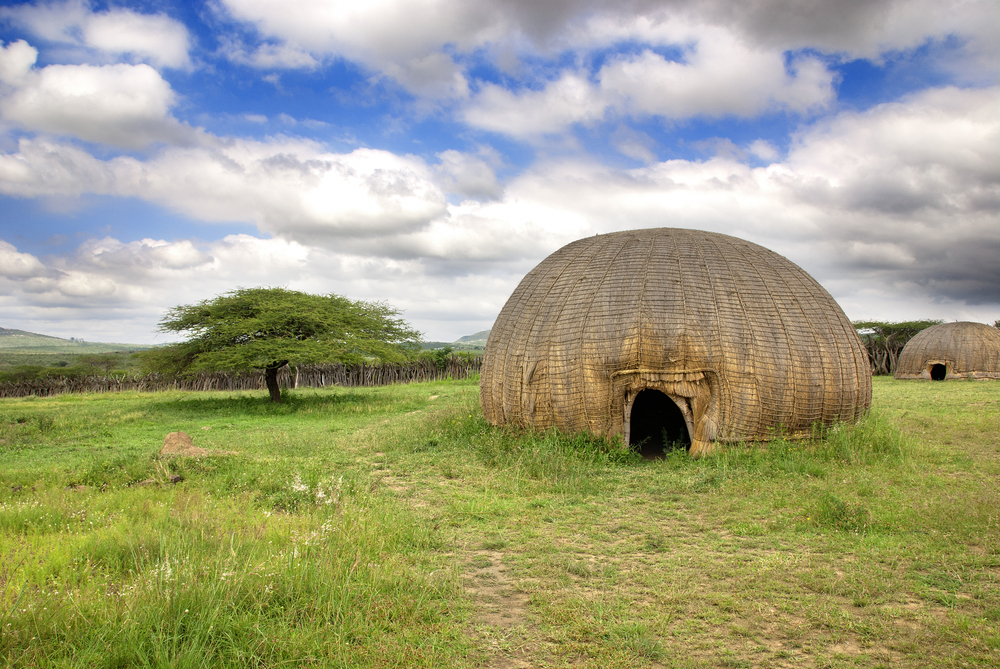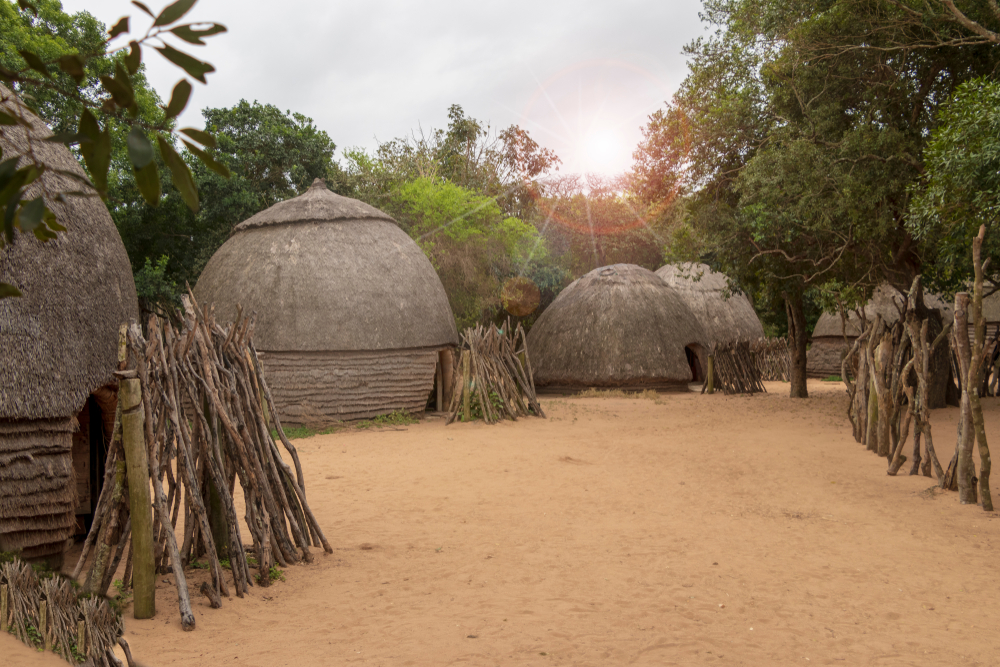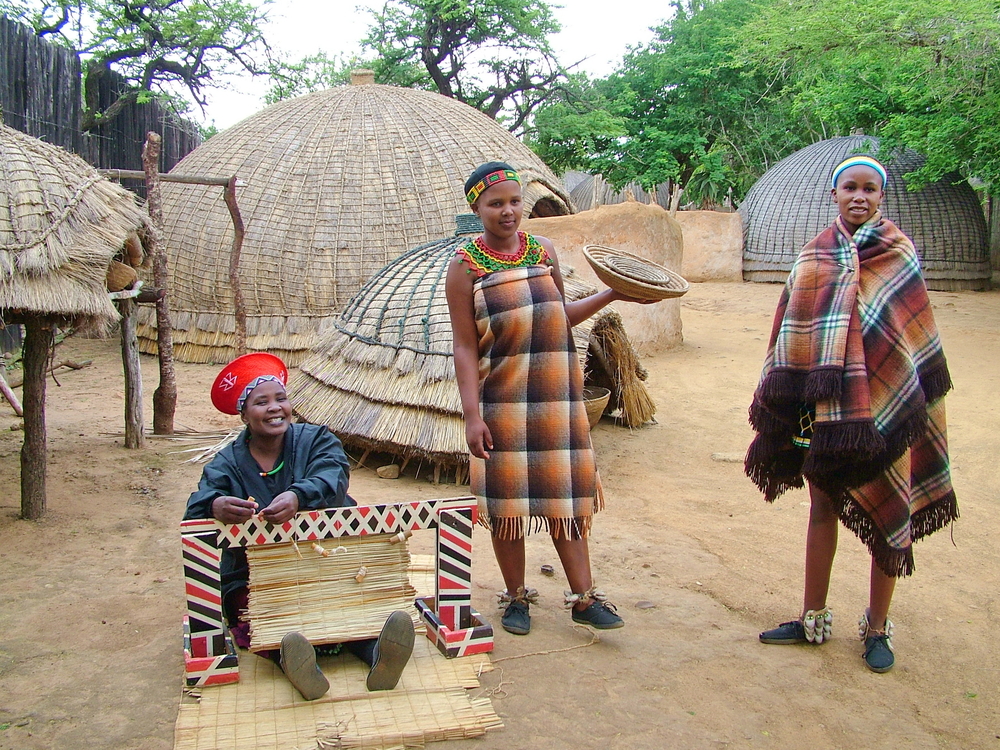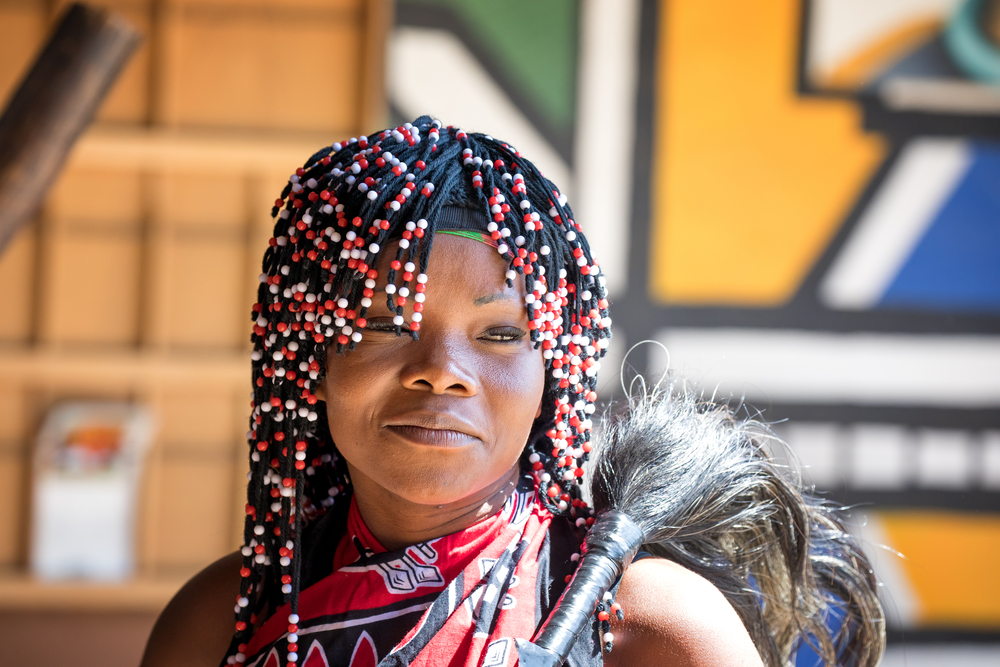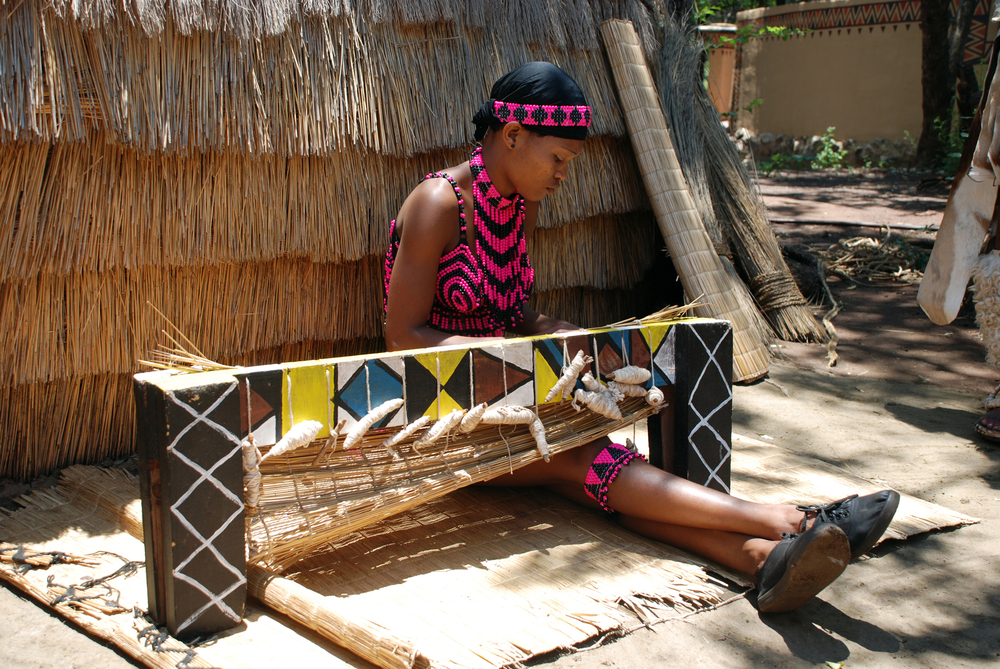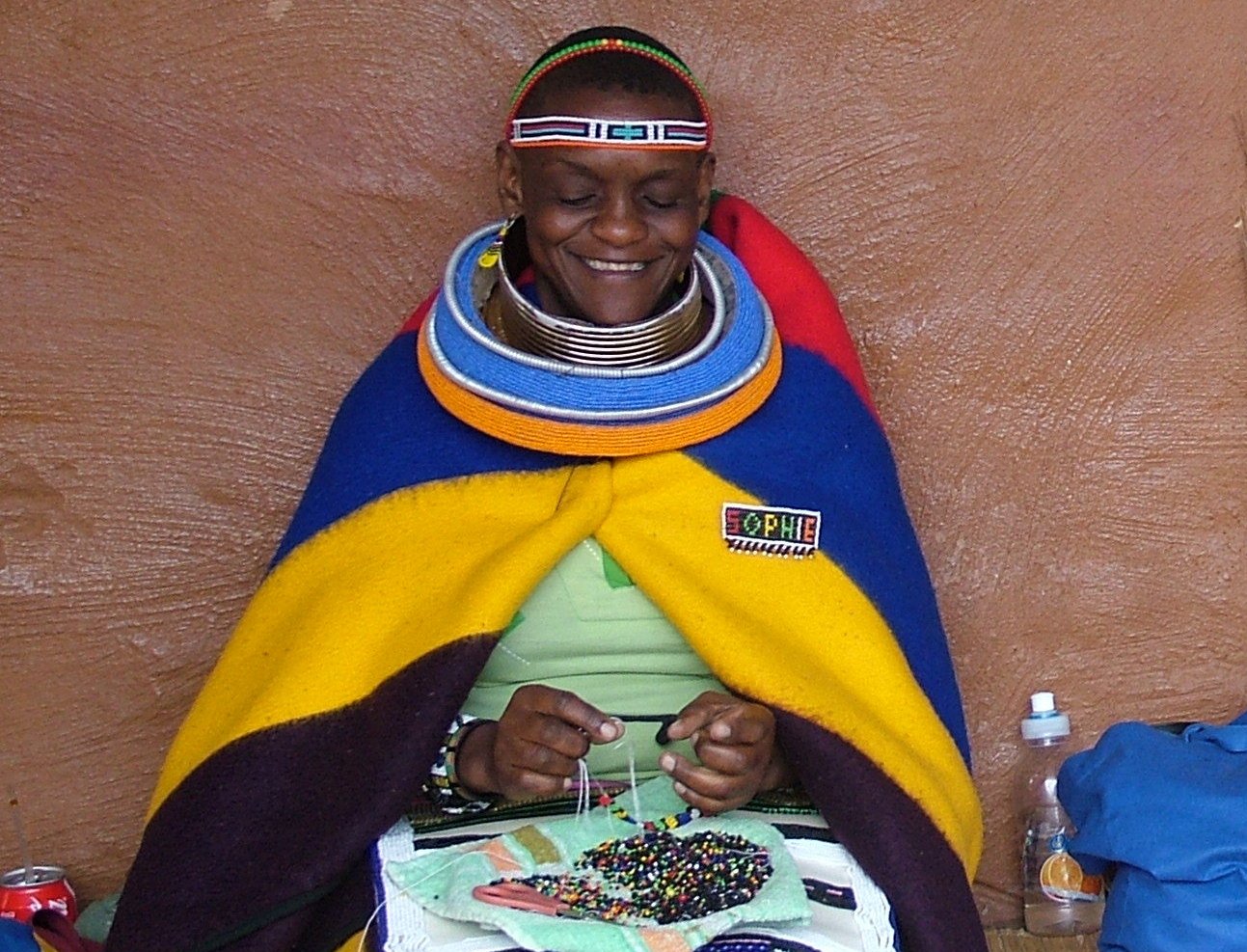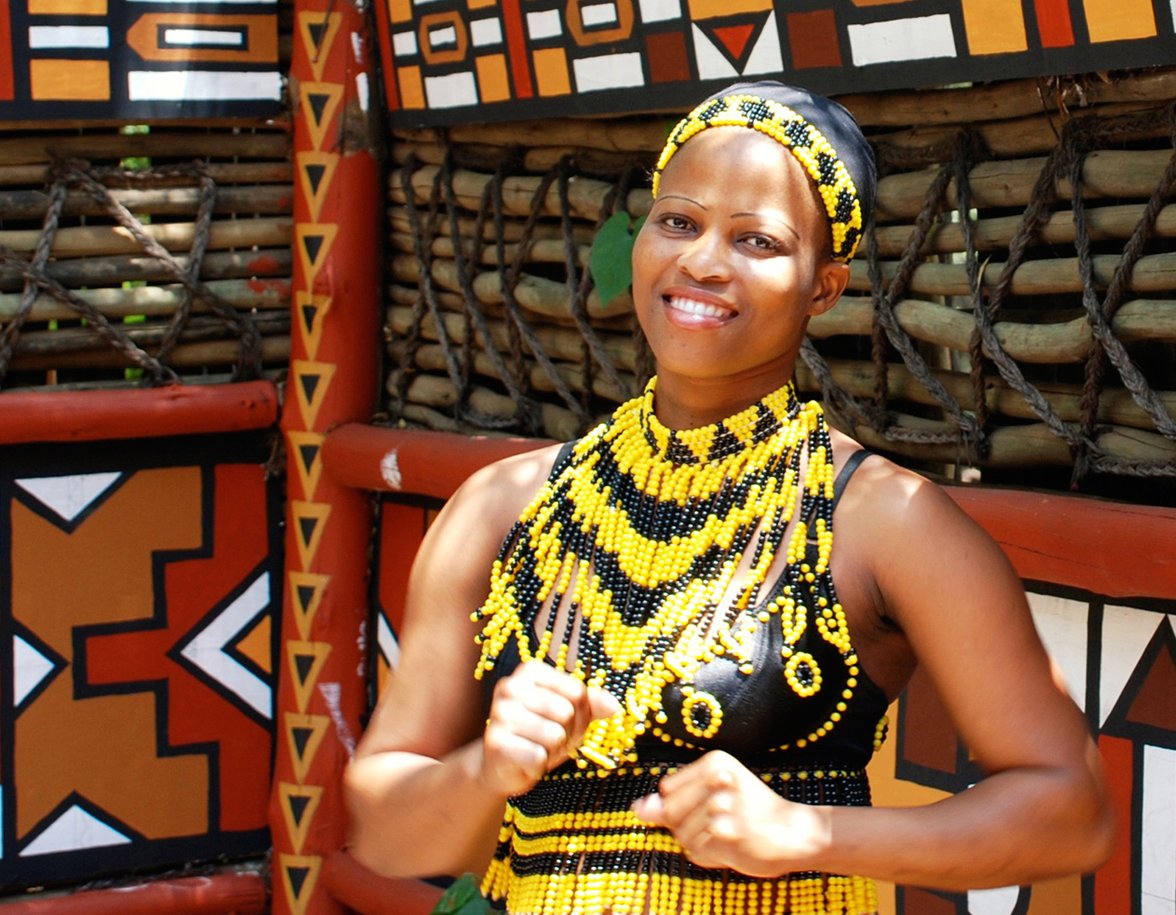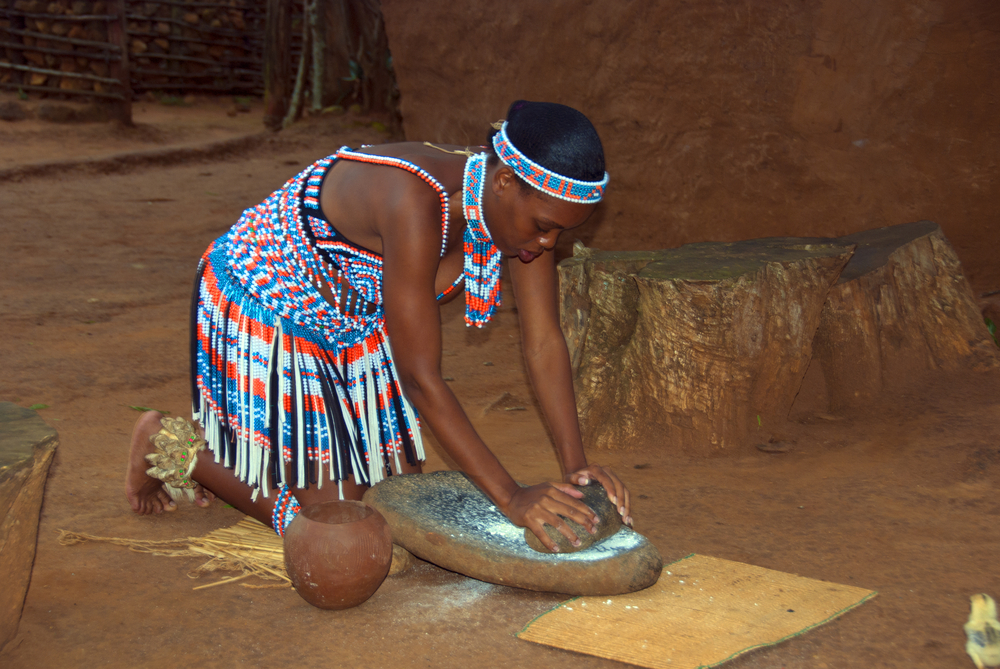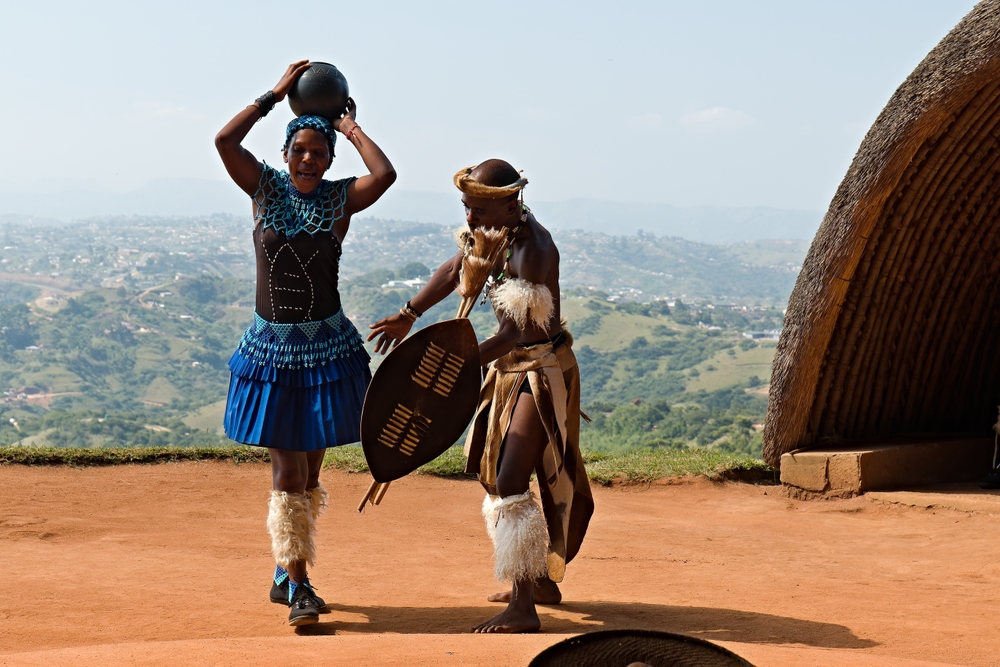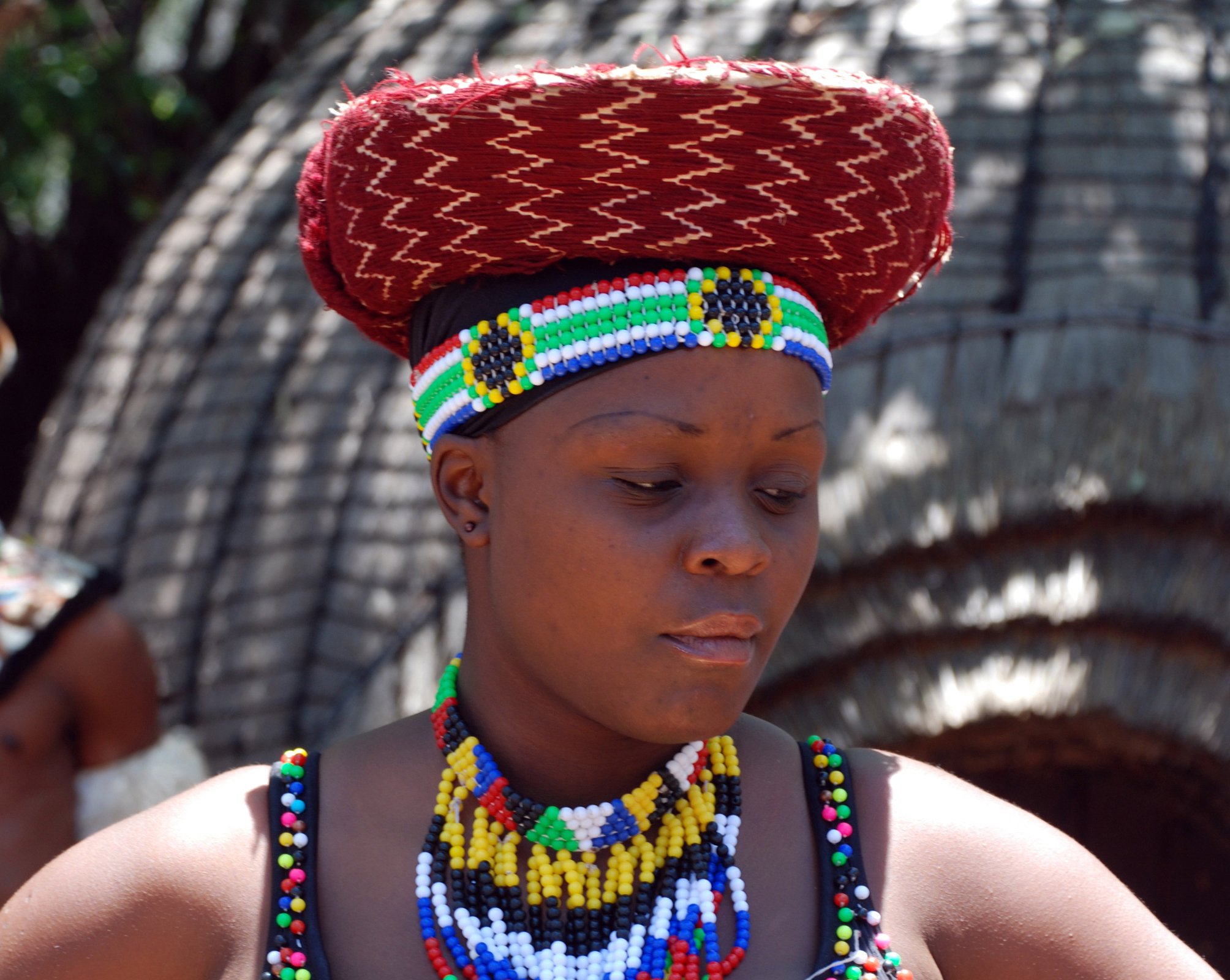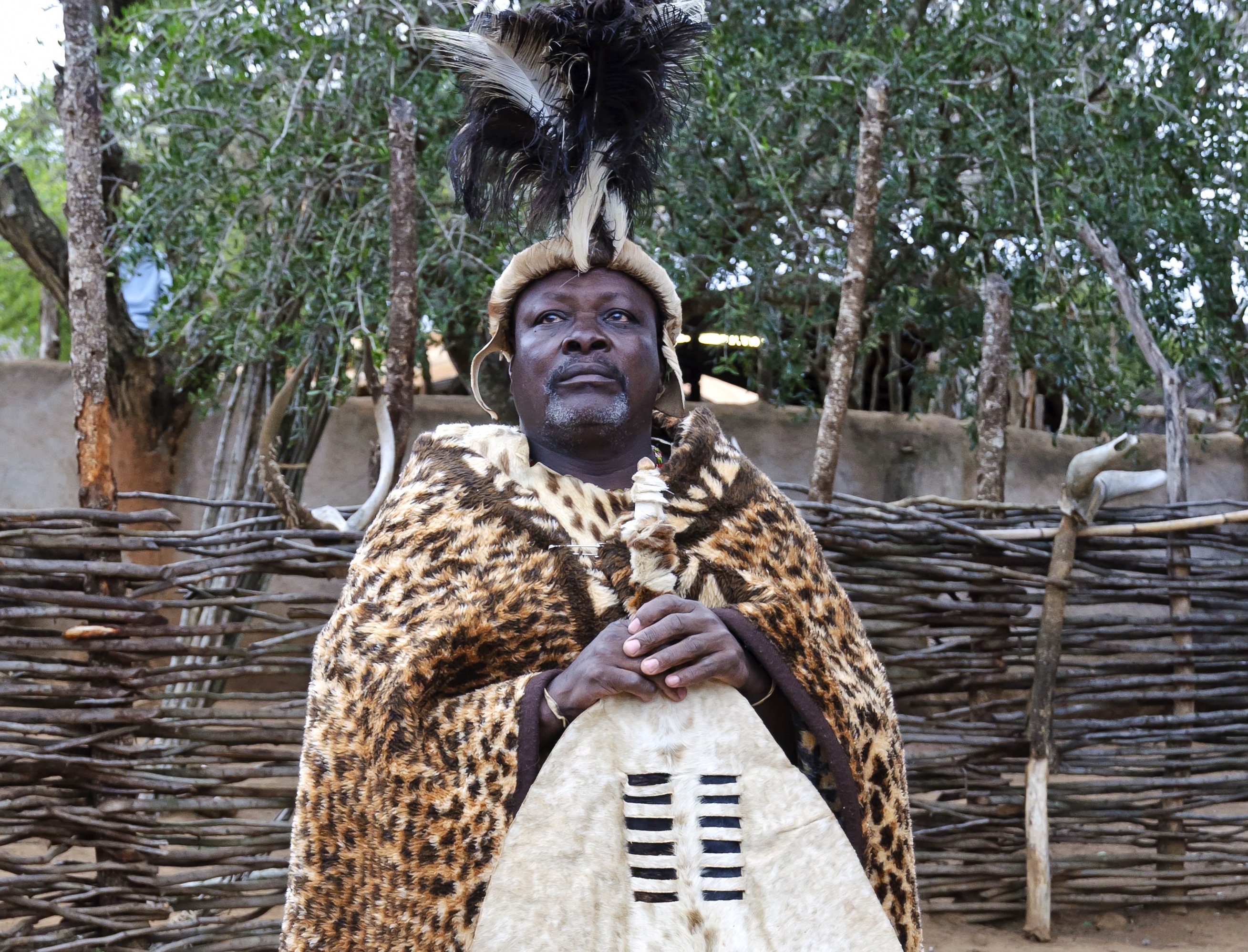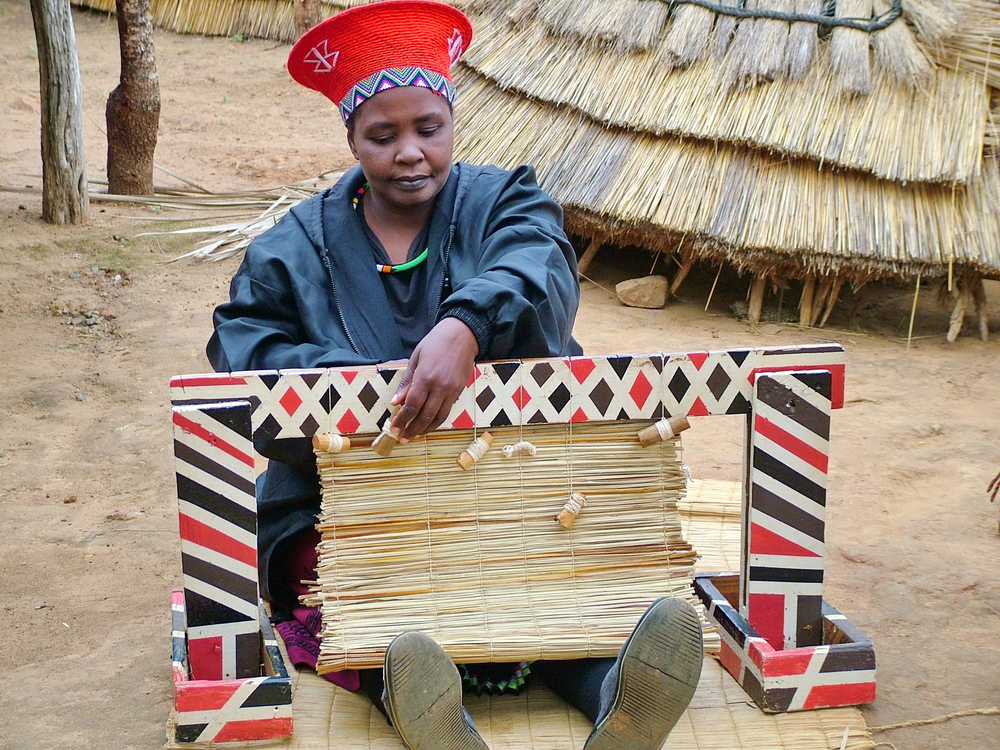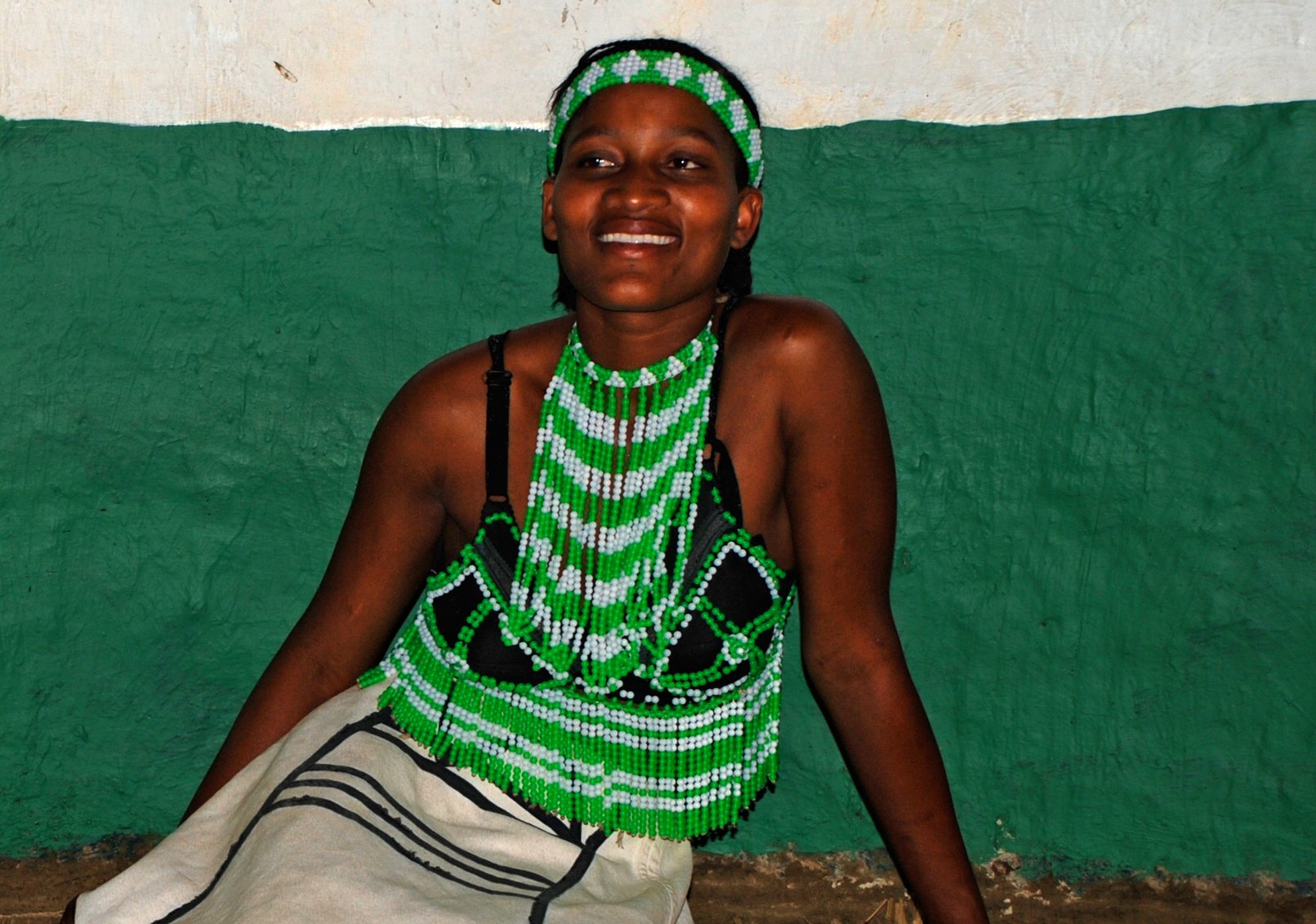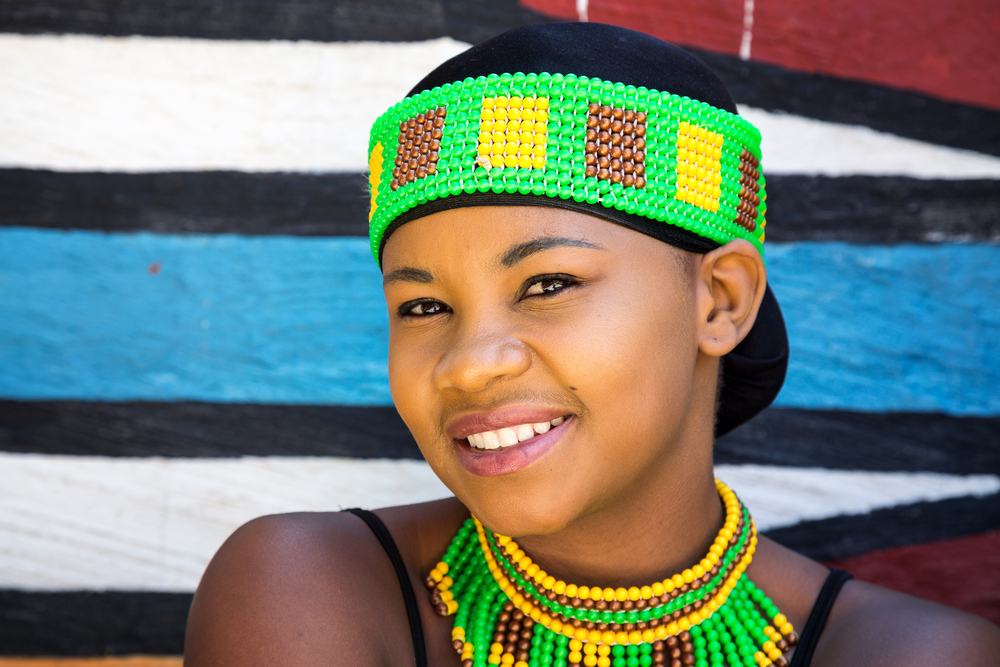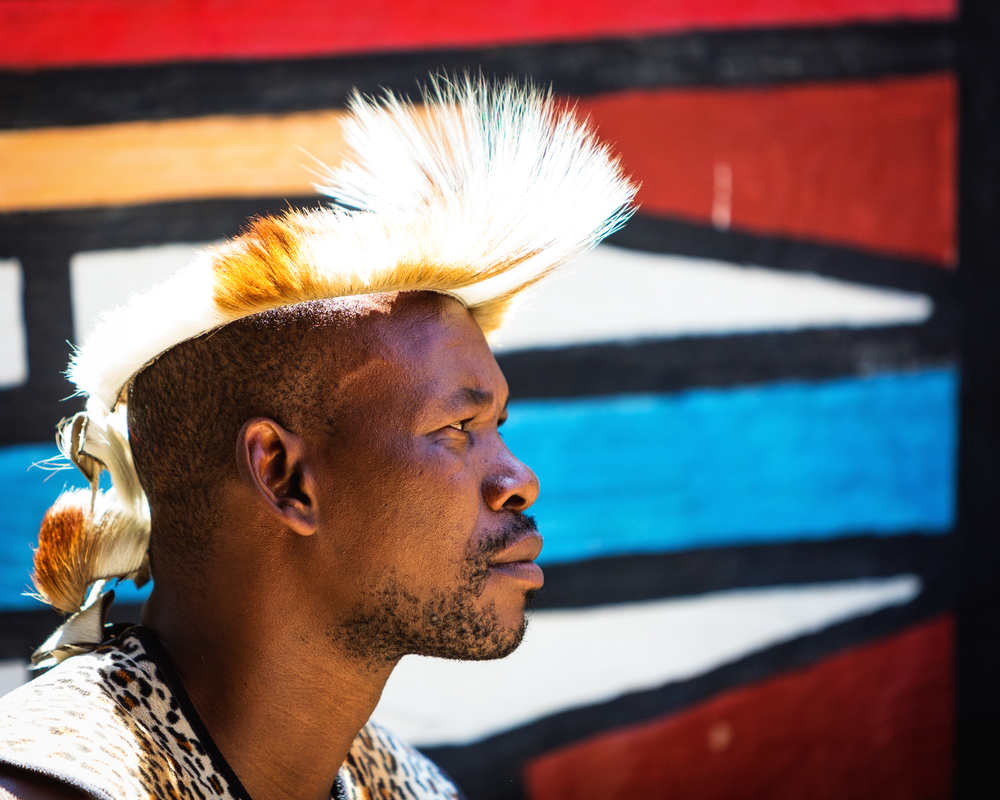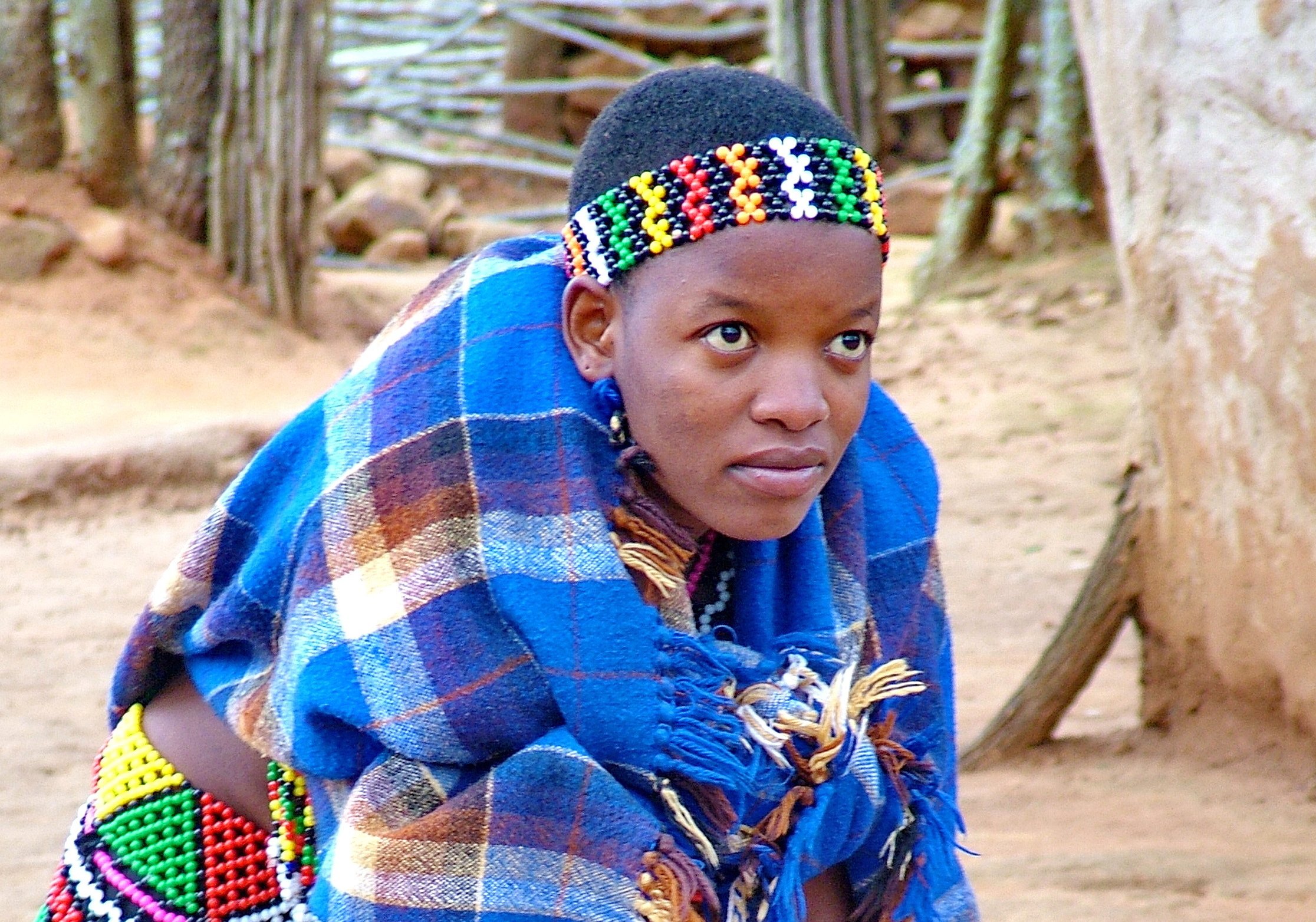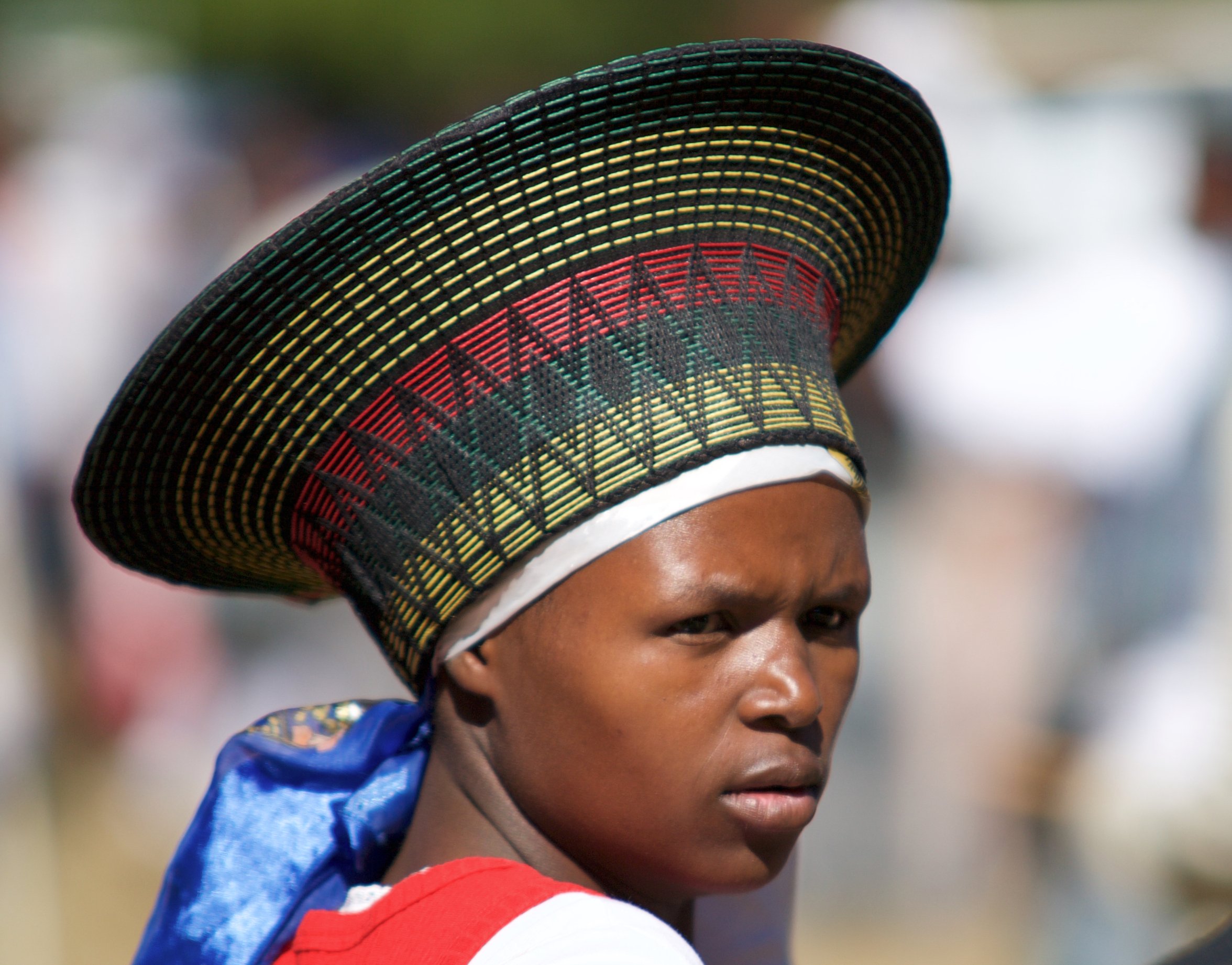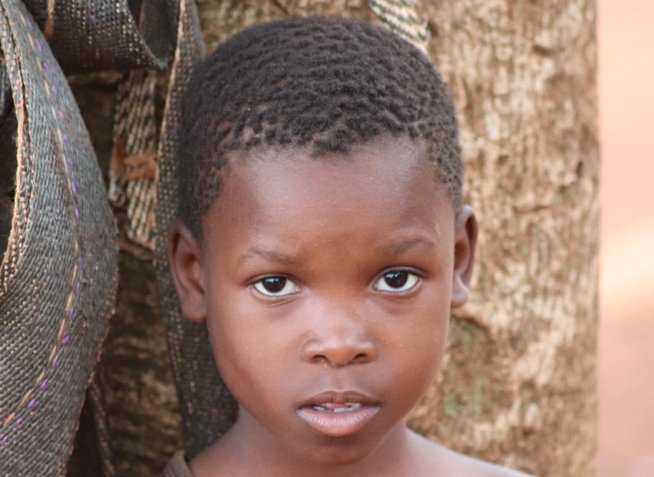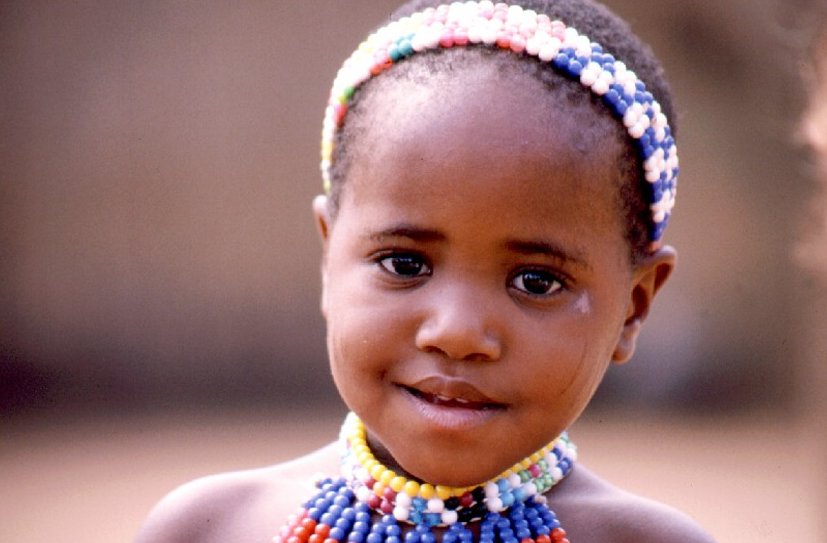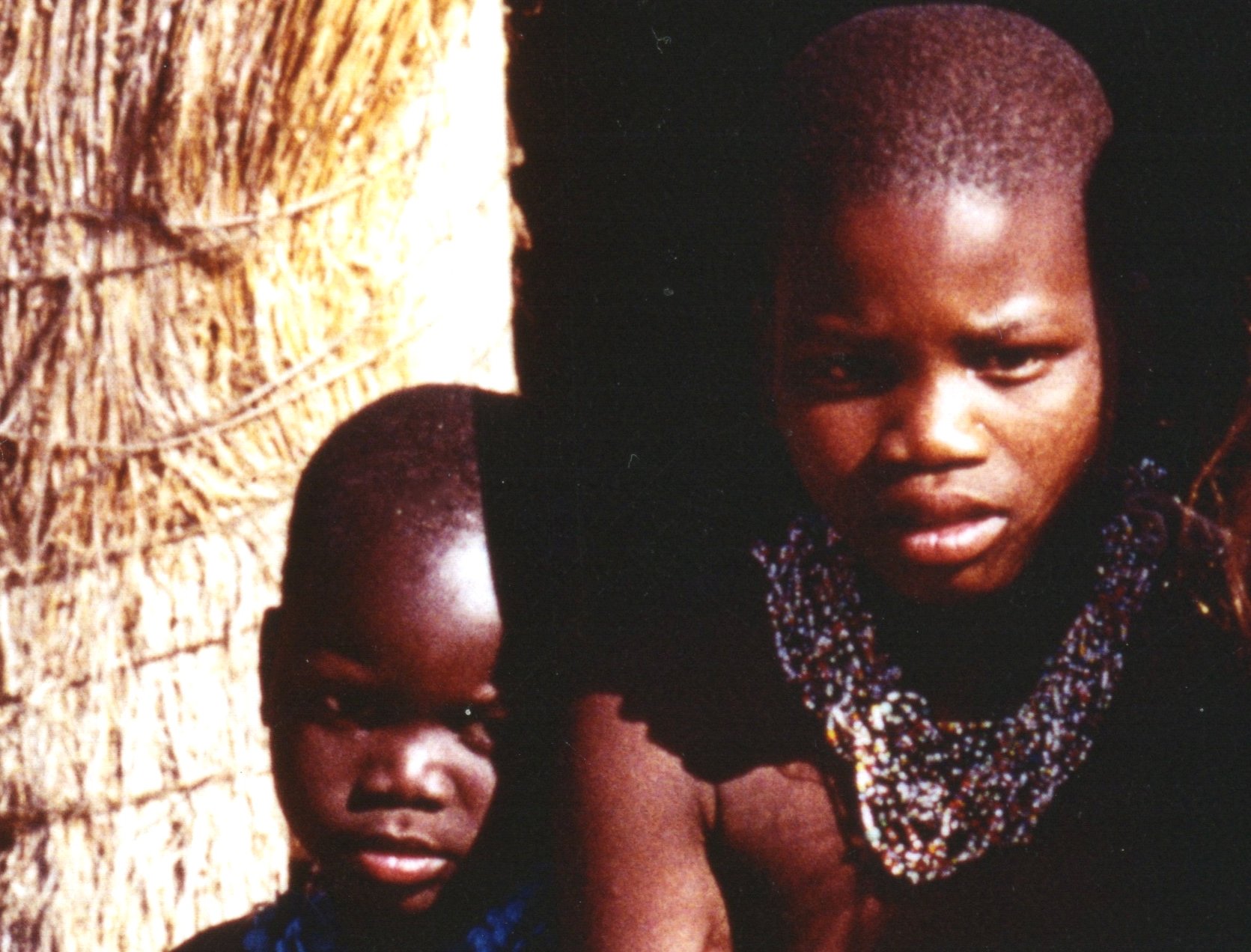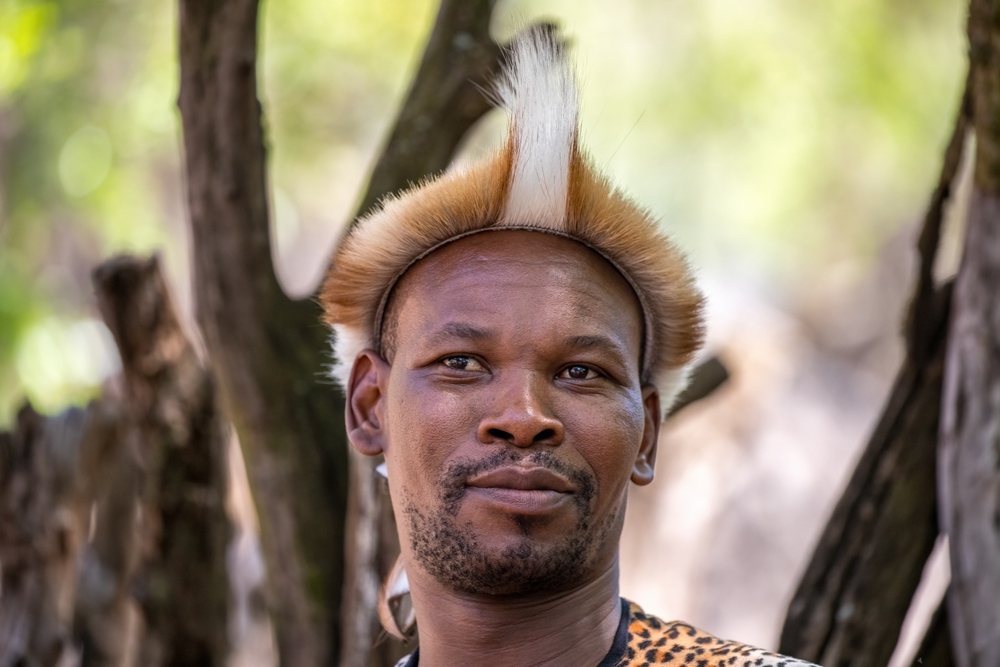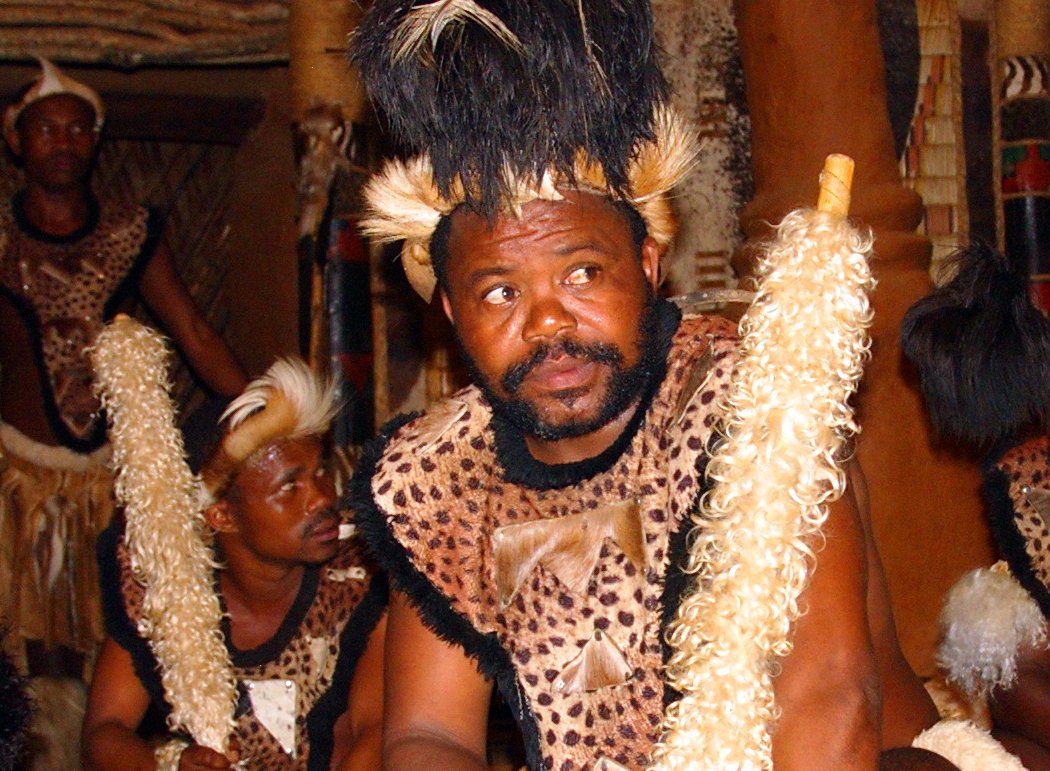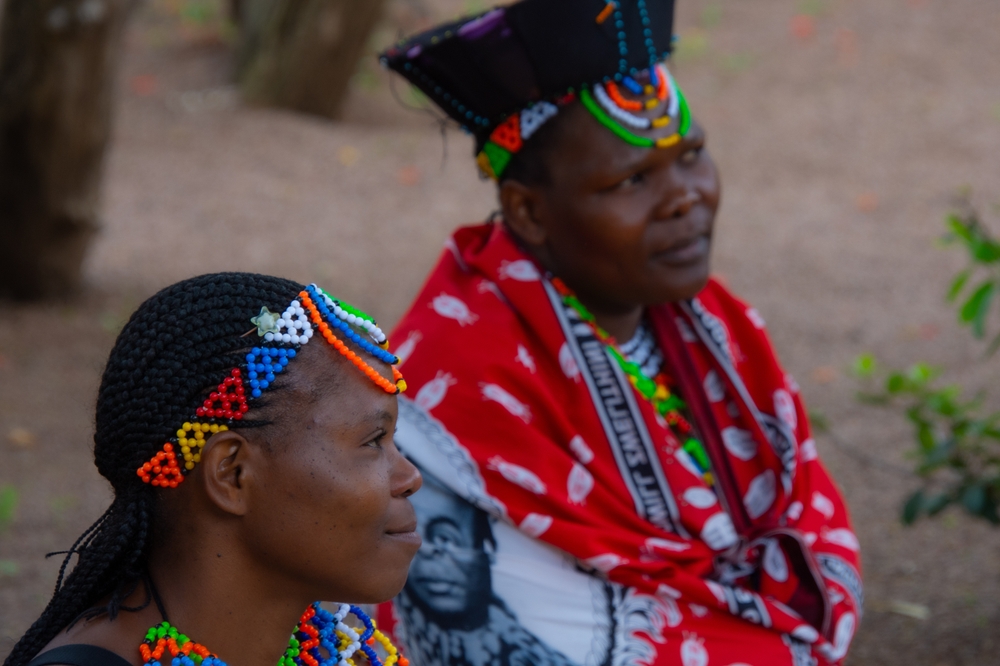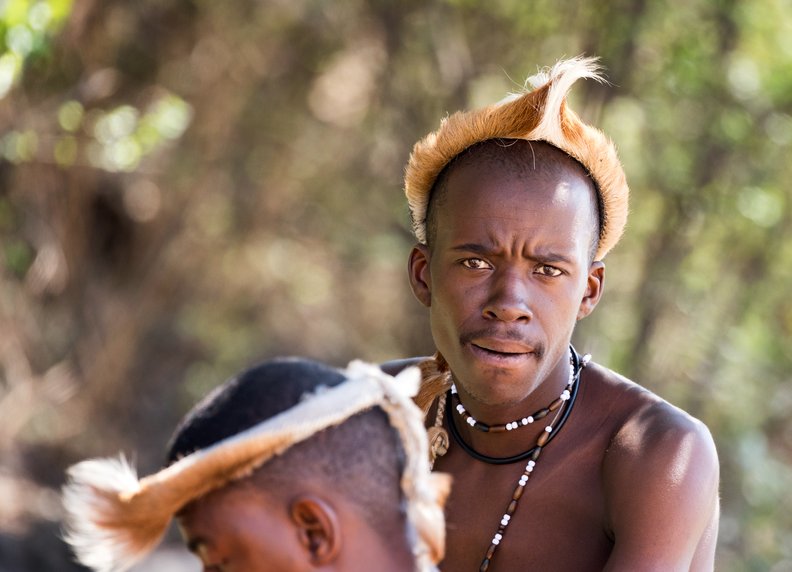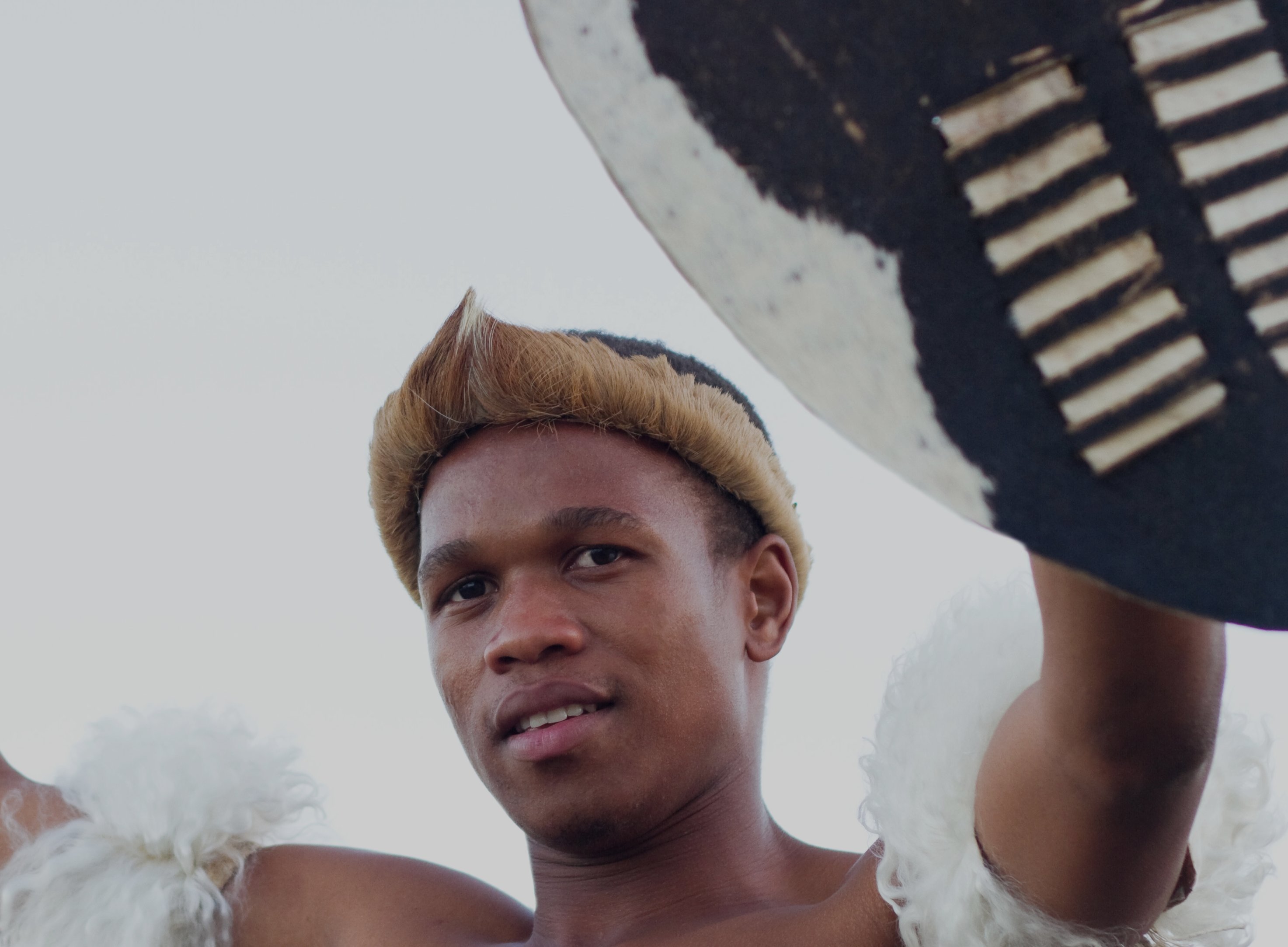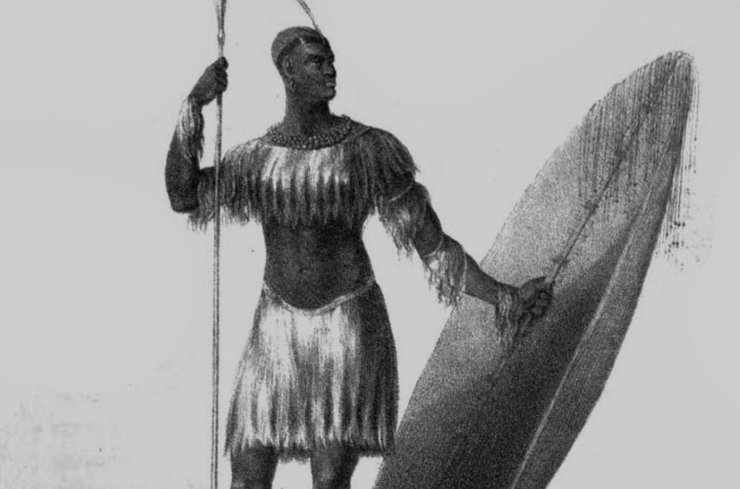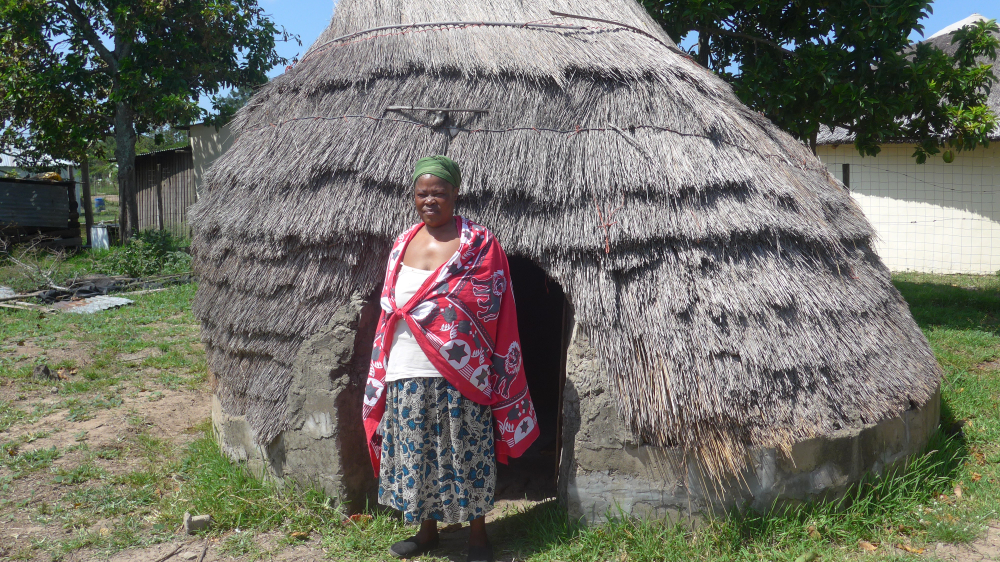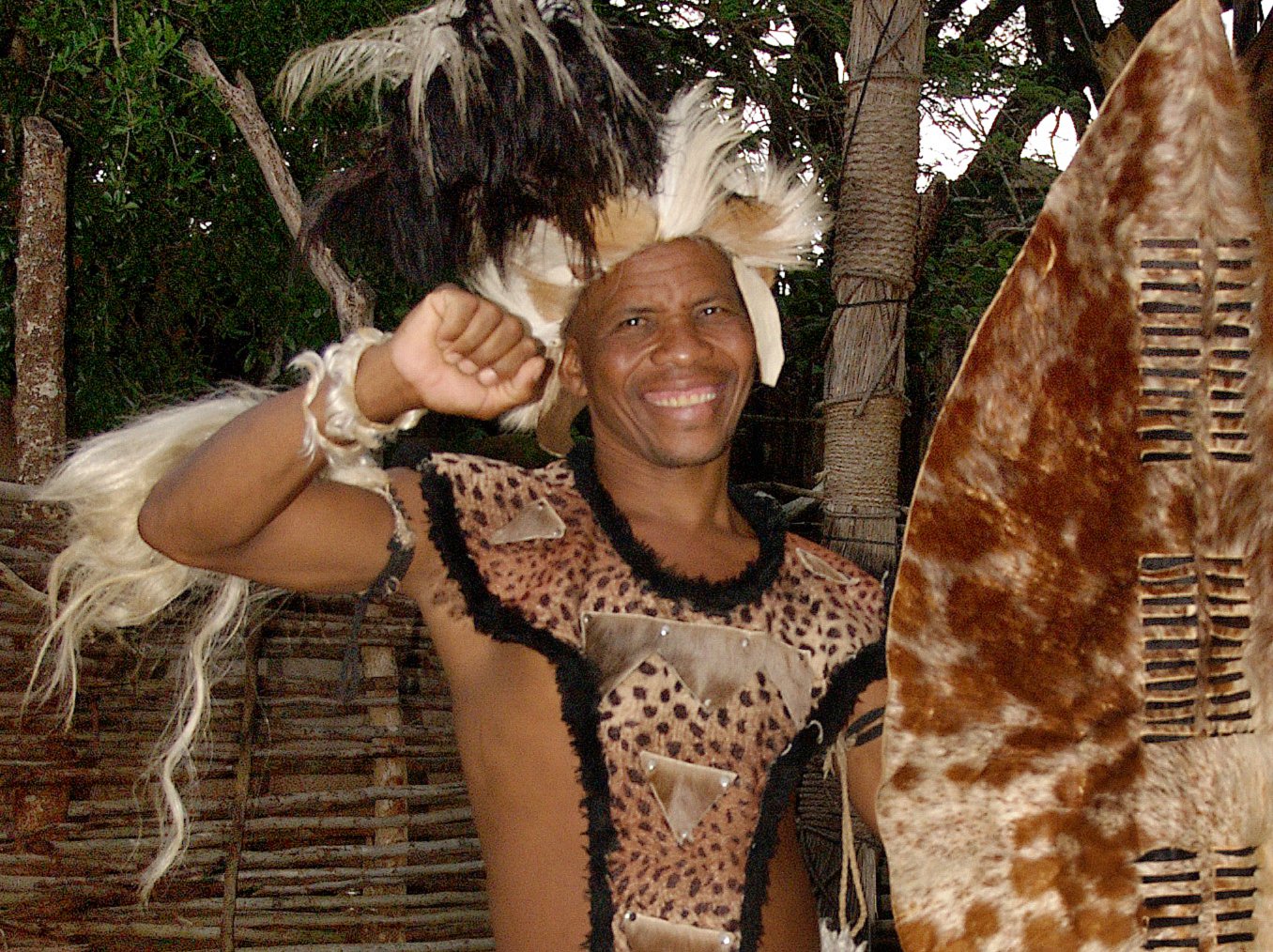The Zulu People
The Zulu people, also known as “the people of the heavens,” are the largest ethnic group in South Africa. With a traditional culture rich in arts and dance, not many people know the darker details of their beliefs.
Not only do they sacrifice animals every chance they get, but women must be completely submissive to men, and what they do to twin babies is absolutely deranged—but that’s not even the half of it.
Let’s dig deep into the lives of the Zulu people, and the questionable traits of their seemingly “warm” culture.
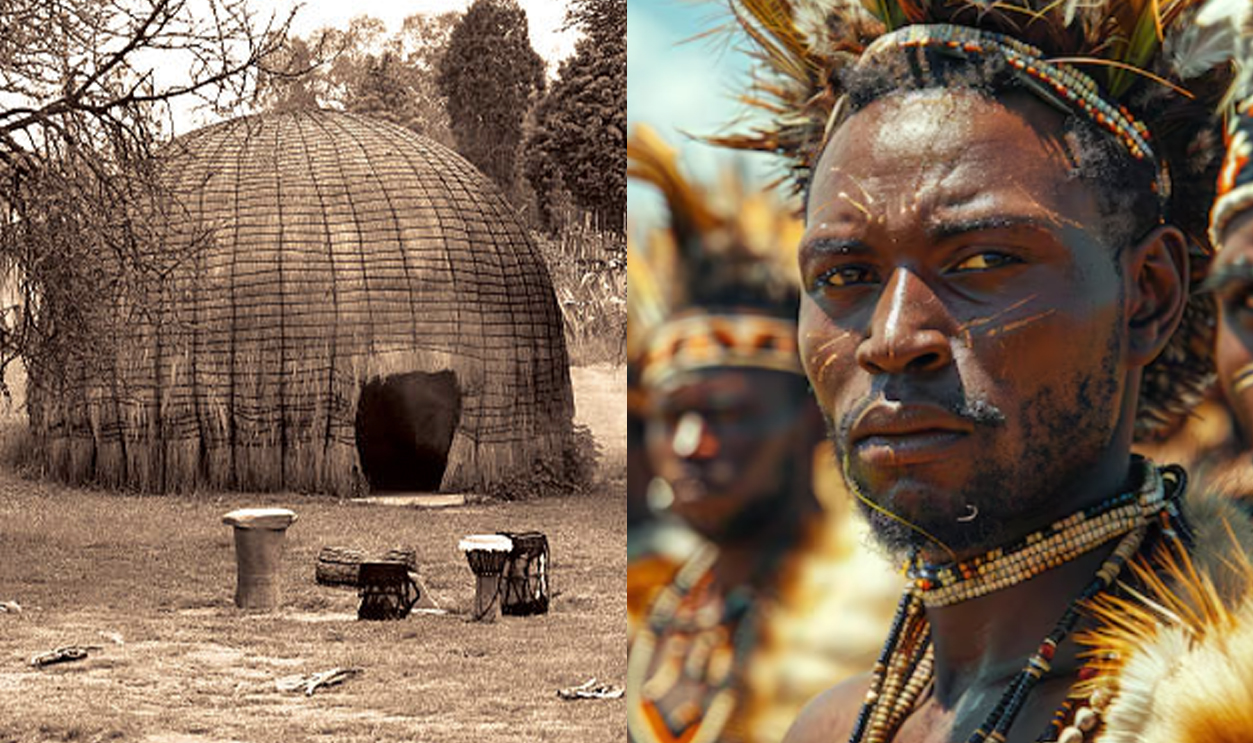
Who Are They?
The Zulu people are the largest ethnic group and nation in South Africa, with over 14 million people.
They live in the KwaZulu-Natal province of South Africa, and live in a strong patriarchal society that practices polygyny and puts great emphasis on bearing children.
What Language Do They speak?
Nearly all Zulu people are fluent in their own language—isiZulu—which is a Bantu language and part of the Nguni subgroup.
Zulu is an official language in South Africa, and is the most widely spoken. But many Zulu people also speak Xitsonga, Sesotho, and others from among the country's 12 official languages.
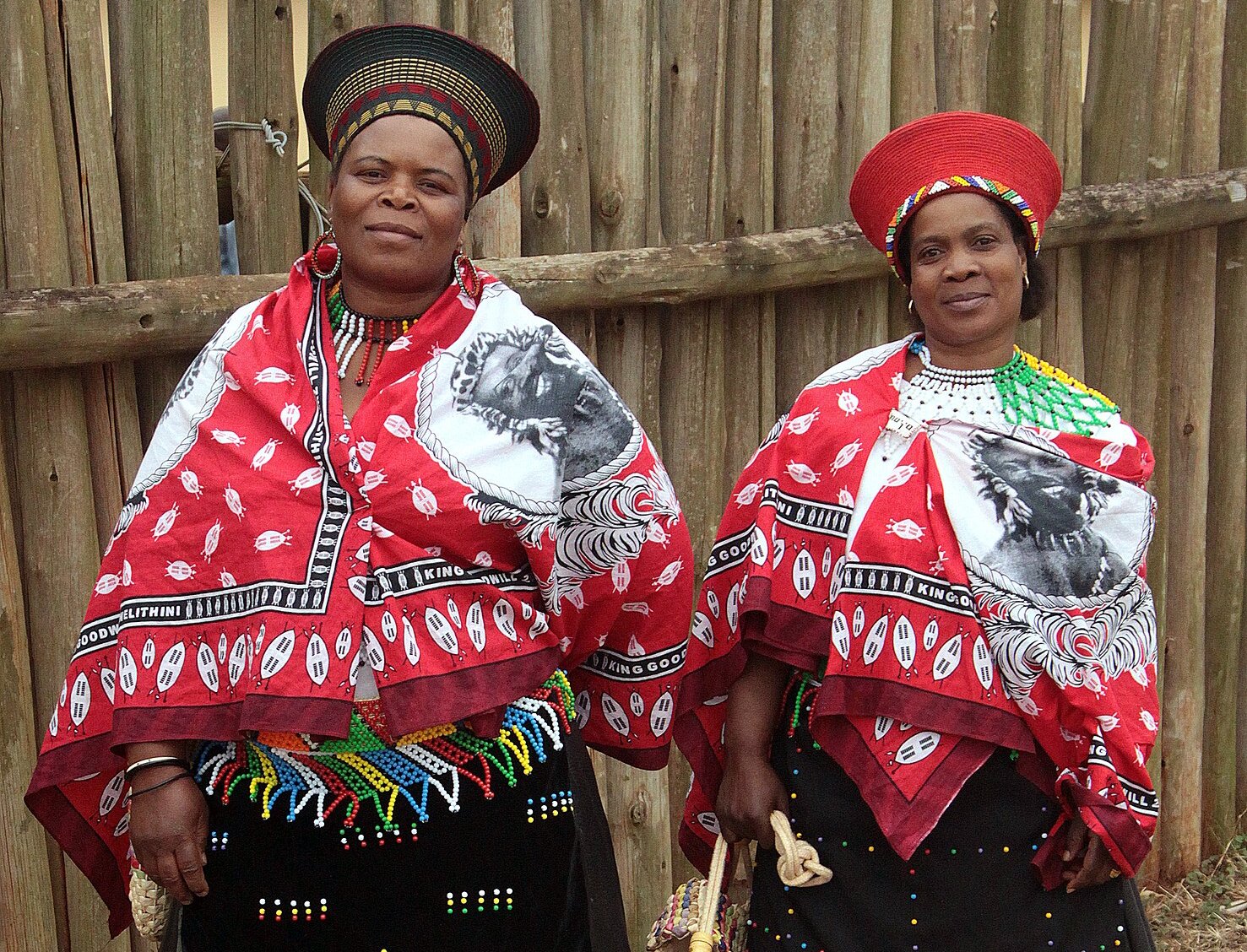 Retlaw Snellac, CC BY 2.0, Wikimedia Commons
Retlaw Snellac, CC BY 2.0, Wikimedia Commons
What Does Their Name Mean?
In the Nguni languages, iZulu means "heaven," which is why they refer to themselves as “the people of the heavens". According to the Zulu people, "Zulu" was also the name of the founder of the Zulu royal line in the 17th century.
How Do They Live?
Zulu people are traditionally grain farmers who also keep large herds of cattle. Before they became a larger nation though, they lived a fairly simple, isolated, nomadic lifestyle, following their herds. They gained cattle by raiding neighboring tribes.
After becoming more colonized, they became better farmers and set up more permanent villages—though raiding is still a common practice.
What Do They Eat?
Traditional Zulu cuisine consists mainly of vegetarian dishes made with vegetables and grain. Their main cultural dishes include cooked maize, porridge, sugar beans, stew, cabbage, and amasi—curdled milk that tastes similar to cottage cheese.
Meat is still consumed, but it is more costly to acquire these days. Animals, like cattle, goats, sheep, and chicken are slaughtered mostly for special occasions.
Do They Hunt?
The Zulu people have a long history of hunting, considering way back in the day they lived as nomads. Today, hunting serves many purposes, including providing food, materials for crafting, and spiritual significance.
Zulu hunters are known as izinyanga, and are highly skilled people with knowledge of the land, animals and various traditional hunting techniques, like stealth and patience.
And after all these years, they still have a preference for primitive hunting tools.
What Do They Use For Hunting?
The Zulu hunting system is based on respect for nature, and the understanding that animals have spirits. This means, hunts require rituals first so that the hunters get permission from the animals to take their lives.
Once they get the OK, they use spears, bows and arrows, and traps to hunt their prey. All game is shared equally among tribal members.
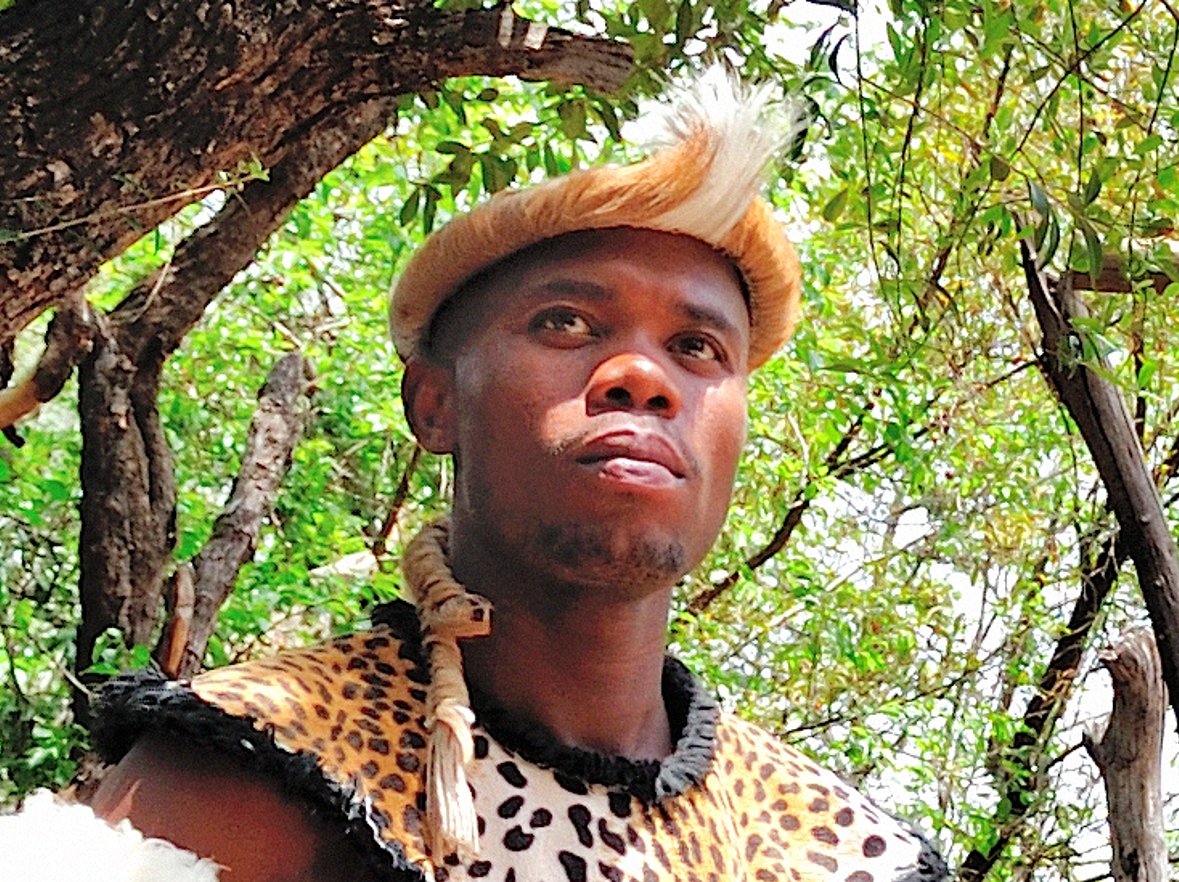 Scott Woodham Photography, Shutterstock
Scott Woodham Photography, Shutterstock
What Were Their Traditional Homes Like?
Traditional Zulu houses were called Indus. The intricate architecture involved was passed down from generations, and used locally-available materials only.
The beehive-shaped structure was made using rope, lattice, thatch, and wooden strips. They were easy to maintain and built to withstand the harsh South African climate.
Today, many Zulu homes are built with more modern materials.
What Are Their Villages Like?
Zulu villages are built with their huts in family groups. Each family has one large area of land where they build several individual huts to accommodate their family members, as well as personal food storage, small enclosures for goats and sheep, and one large enclosure in the middle for their cattle.
The family compound takes the shape of a circle that is surrounded by a protective fence made of spiky coral tree branches. Watchtowers are built to further protect the livestock.
Inside The Indus
The wooden strips used in constructing huts make a solid framework that supports the thatched roof, creating ample space inside.
The floor is lined with hand-made woven mats that act as further insulation and waterproofing. And the walls are decorated with bright colors.
The huts are built to fit a handful of people only, as most Zulu families separate wives and unmarried older children.
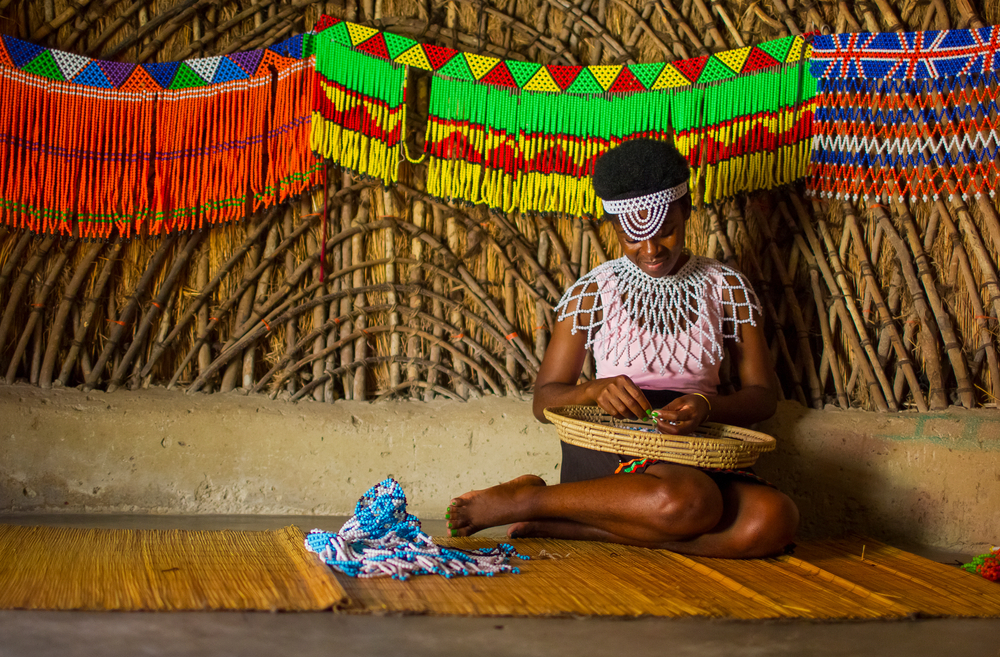 selim kaya photography, Shutterstock
selim kaya photography, Shutterstock
How Many Wives Can A Zulu Man Have?
Polygyny is a common practice in the Zulu culture. Many Zulu men have more than five wives. The wives all have their own huts, with the “great wife”—the mother of the man’s first heir—having a hut closer to the husband and more central within the group.
In fact, the Zulu culture puts great emphasis on one gender specifically.
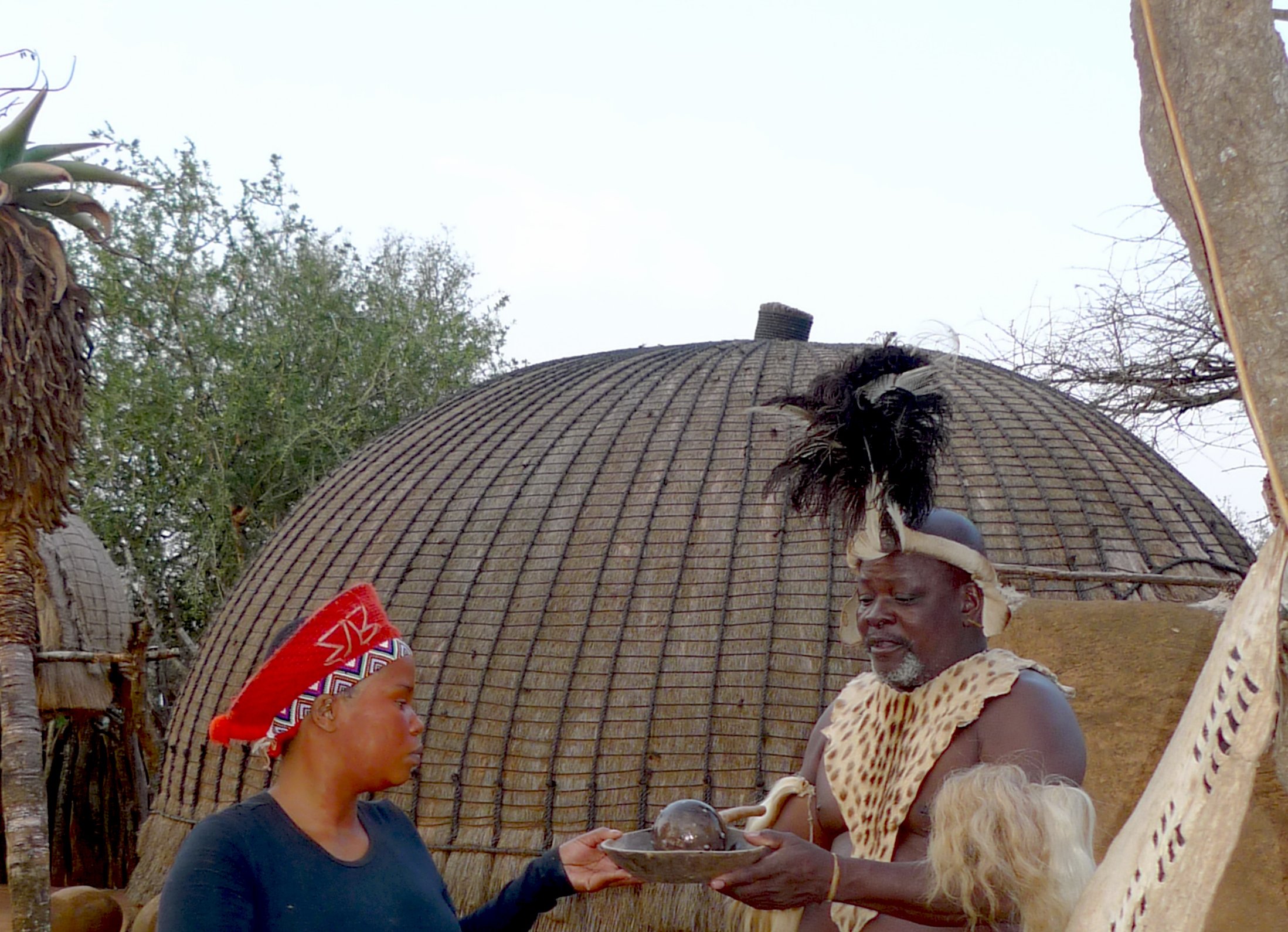 Leonard Zhukovsky, Shutterstock
Leonard Zhukovsky, Shutterstock
The Role Of Zulu Women
In Zulu culture the women are always under the control of the men in their families—this includes their fathers, uncles, brothers, and husbands.
Women are unable to make decisions on their own and must always show respect to men. They must behave in a manner that makes them “eligible for marriage,” as their sole purpose in life is to marry and have children.
Zulu Bride Wealth
Traditionally, Zulu society practiced something called ilobolo, which linked ownership to cattle. When a marriage is arranged, the groom would pay the bride’s family in cattle.
In more modern days, Zulu men offer a token payment or a significant gift of some kind.
And even though Zulu society is said to be a “man’s world,” the first marriage, unlike many other African tribes, is not arranged. Men and women are free to choose their spouse—but they have to follow a series of rituals in doing so.
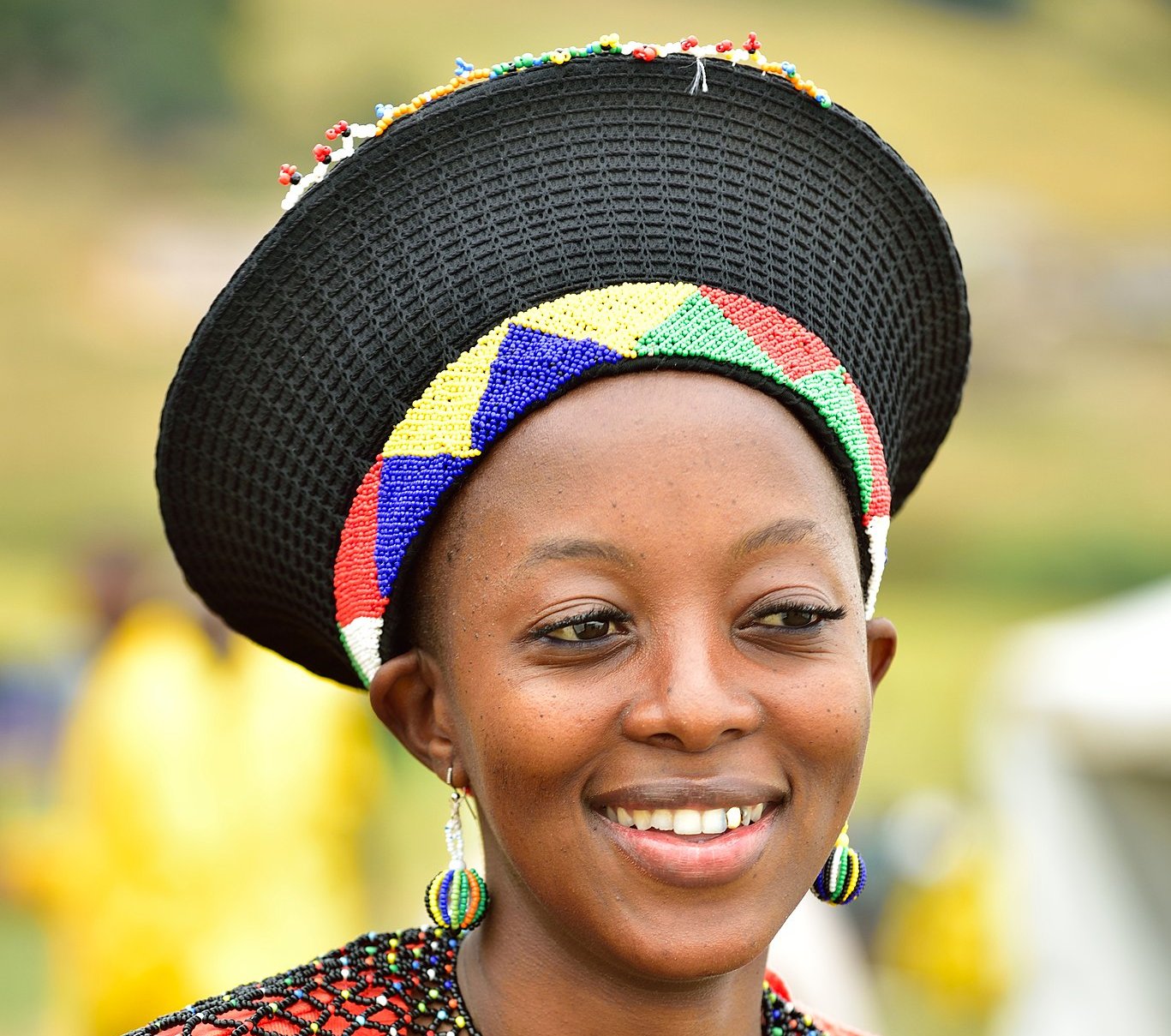 South African Tourism, CC BY 2.0, Wikimedia Commons
South African Tourism, CC BY 2.0, Wikimedia Commons
Zulu Marriage Practices: Puberty
Zulu people have ceremonies and rituals for everything—including when a girl reaches puberty. During this ceremony, a girl is introduced to motherhood. She is warned that she is “no longer a child,” and therefore she must be extra careful with her behaviors.
After this, girls are available for courtship and start looking for a boyfriend. But the marriage still won't happen for a few more years.
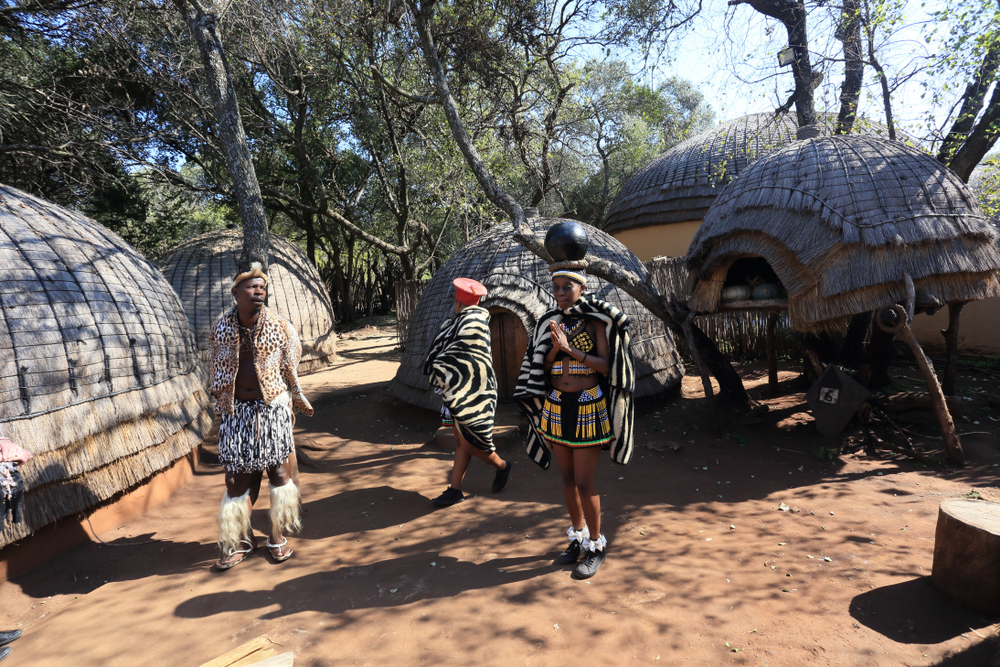 SUJITRA CHAOWDEE, Shutterstock
SUJITRA CHAOWDEE, Shutterstock
Zulu Marriage Practices: Coming Of Age
A girl is not allowed to marry until she reaches age 21. At this point, she is considered an adult and her parents perform another ritual called Umemulo—the coming-of-age ceremony.
During this ritual, they slaughter a cow and a goat, and perform a dance called ukusina—that only specific girls are allowed to partake in.
The Ukusina Dance
The ukusina dance ritual involves the celebrated girl and her virgin female friends. Virgin female relatives also join in, dressed in traditional Zulu attire.
In order for the ritual to be effective, the girls must be virgins—in fact, there is a specific test done to ensure that the girls are actually as pure as they claim to be—especially the celebrated girl.
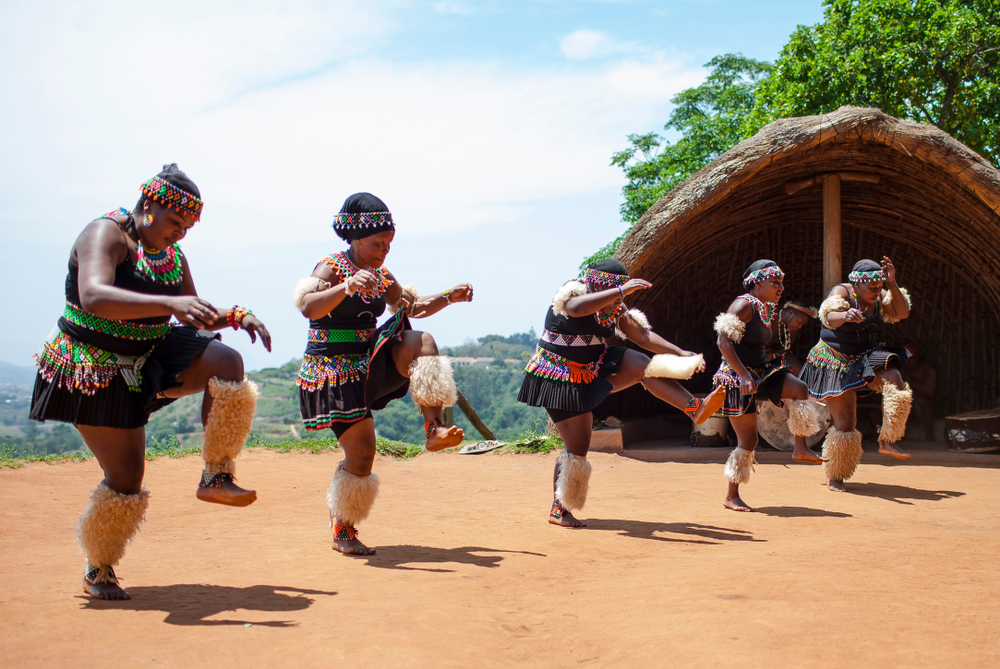 selim kaya photography, Shutterstock
selim kaya photography, Shutterstock
The Virgin Test
Since the girls would have been having boyfriends for several years by this point, the female elders take careful precaution to ensure that their girls have kept their purity promise.
During the ukusina, the celebrated girl is dressed in something called umhlwehlwe (tripe’s fat). If the tripe’s fat breaks into pieces while dancing, the girl is most definitely not a virgin. Out of intense shame for the family, the ceremony will abruptly end and the girl would be considered unworthy of marriage.
But if the girl is as pure as she claims to be, the ritual will successfully prepare her for the next step.
Zulu Marriage Practices: Making It Official
After the coming-of-age ceremony, a girl will send her friends and cousins to her boyfriend’s house to officially break the news that she is their son’s girlfriend—though, like most parents around the world, this is hardly a surprise.
This is more of a show than a chat, though. The girls will stand outside the hut and sing until someone comes out to greet them. Then they pay them some money, decorate a stick with a scarf and a plant, and then take the party home to the girl’s hut.
If the boyfriend’s parents accept the relationship, they will keep the stick—and the boyfriend gets something special too.
Zulu Marriage Practices: The Labels
Once a relationship is accepted, the girl will make a special beaded necklace for her boyfriend to wear to let other girls know that he’s taken.
When the couple is ready to officially marry, they plan their wedding—including family meet-and-greets, party dates, and the dowry.
But there’s one more step a girl has to take at this point—and it’s a heartbreaking one.
Zulu Marriage Practices: Goodbyes
Since Zulu society revolves around men, the women acknowledge that once they marry, their lives will change forever. So much so, that they are required to say goodbye to their girlfriends, as they will no longer be expected to be “closely associated” with girls.
A woman’s purpose upon marriage involves doting to her husband, and providing him with children—and before the marriage is official, a girl must prove her worthiness to her groom’s family.
Zulu Marriage Practices: Dowries And Chores
While the groom is required to pay a dowry, the bride has to show her worth in a more labor-intensive way. The bride will spend an entire month or more living with her groom-to-be’s family, proving to them that she is ready to become a wife and mother.
During this time, she performs all of the house chores, like cooking, cleaning, and fetching wood and water.
As a sign of respect, the bride is not allowed to see her father-in-law and must hide whenever he comes into the hut—which must be hard considering it's a small, open concept dome that lacks interior walls and windows.
When the mother-in-law decides the bride is worthy, she sends her home and they set a date.
The Zulu Wedding
A Zulu wedding is much like a modern American wedding as it involves parties similar to bridal showers, and a main ceremony (at the groom’s home) that involves speeches, singing, dancing—and more animal slaughtering, of course.
However, the brides have to wash their groom’s feet and beat him with sticks—so, maybe it’s a little different.
What About Other Wives?
When a Zulu man has a desire for another wife, he finds a younger woman he finds attractive and starts the courting process. This process is much quicker this time around, though, and sounds like a lot less fun.
The groom still pays his dowry, and there is still a wedding ceremony, but it doesn’t take months to plan. Usually, the marriages following the first one are less for love and more for childbearing.
By the time a successful Zulu man is done marrying, he will have about six wives and dozens of children.
Are They Allowed To Divorce?
Yes. Separation is allowed, but it is said to be very uncommon. Zulu people believe that a polygamous relationship helps avoid separation, with one Zulu citizen claiming, “A woman will share her husband instead of getting divorced".
Even still, affairs happen and separation can occur, but typically they work in the man’s favor—meaning the wife gets kicked to the curb.
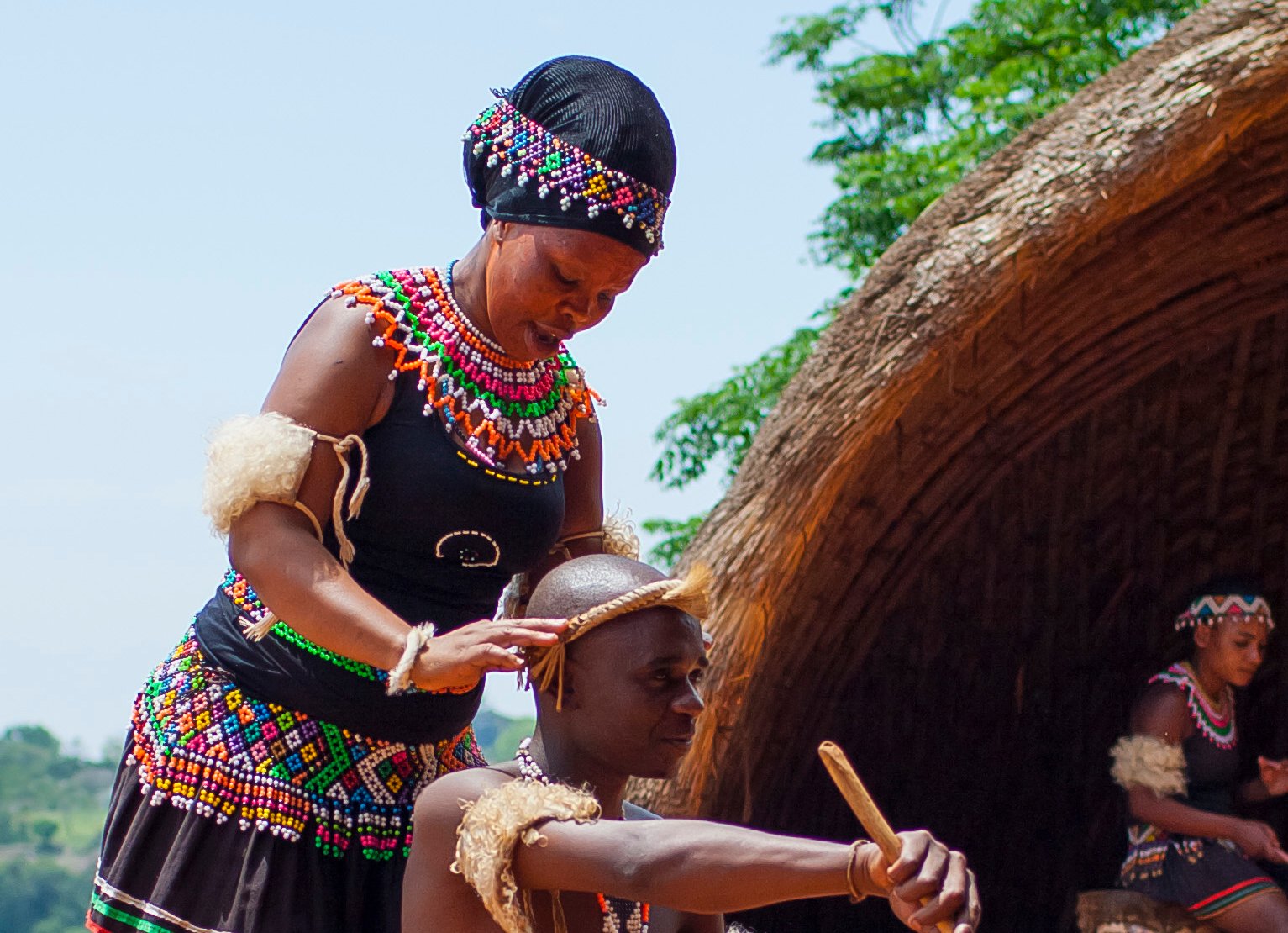 selim kaya photography, Shutterstock
selim kaya photography, Shutterstock
What Are Zulu Men’s Expectations In Society?
The Zulu people govern under a patriarchal society, so the men are seen as the head of the household and authoritative figures within the tribe. They identify with great pride and dignity, often comparing themselves to powerful wild animals—like bulls, lions, and elephants.
Zulu men are in charge of herding the cattle, becoming disciplined warriors, creating weapons, and learning the art of stick fighting.
Stick Fighting
As you may expect, the art of stick fighting is a celebration of manhood for Zulu men. They start learning as young as age five. The purpose of stick fighting is so they can “right wrongs or insults made towards them". So, basically, so they can fight people who look at them wrong.
Aside from proving that they’re real men, stick fighting also teaches them self-defense, and is played as a recreational sport.
The goal of stick fighting is to hurt or end the opponent—even if they’re fighting a friend.
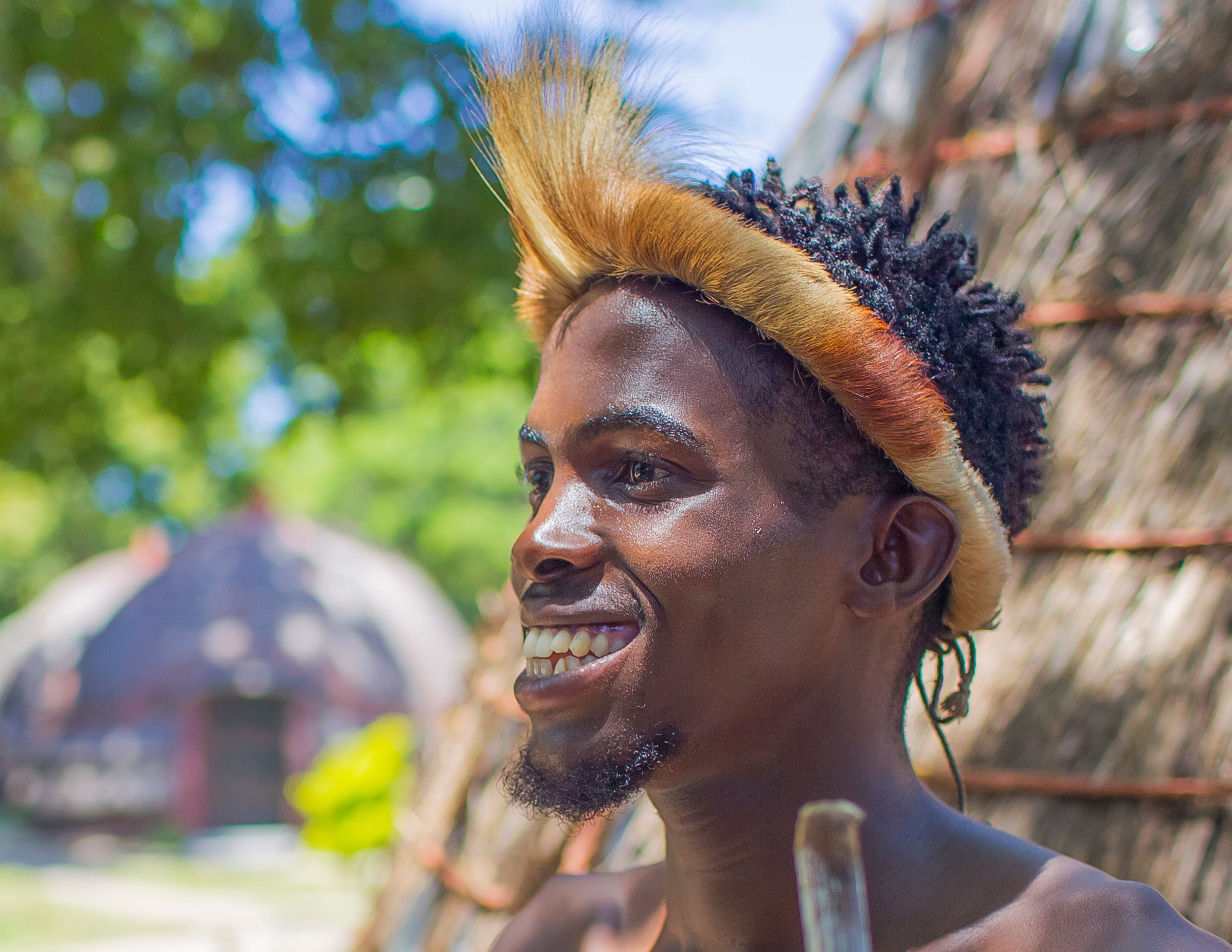 selim kaya photography, Shutterstock
selim kaya photography, Shutterstock
What Are Zulu Women’s Expectations In Society?
Fitting with their patriarchal society, Zulu women are expected to perform all of the domestic chores—like cooking, cleaning, raising children, collecting water and firewood, laundry, tending to crops, and making clothing.
They are specifically taught to submit to men and treat them with great respect, as Zulu women are always bound by a male figure—either father or husband.
Women are also considered the sole income earners of the household (which may be why the men collect so many wives)—which they do by making clothing and handicrafts to sell at local markets.
What Do Zulu Women Wear?
Zulu people wear a variety of clothing, both traditional and ceremonial, as well as modern westernized clothing for everyday use.
A form of miniskirt, called isigcebhezana is common attire for women and are essential in traditional ceremonies.
Women dress differently depending on their marital status, though.
Zulu Women’s Attire
An unmarried woman wears nothing but a short skirt—nothing else—leaving most of her bare body revealed. The skirt is made from grass and beaded cotton strings.
Contrary to Western societies, the woman’s upper body is not considered alluring. Instead, the back of the upper thigh is where a man’s eye wanders most—hence the short skirts.
But as she grows up, the woman starts to cover up her body in preparation for becoming a married woman, slowly lengthening her skirt.
Zulu Women’s Attire
When a Zulu woman becomes engaged, she will grow out her hair and cover her chest. This is a sign of respect for her future family, and also tells others that she is spoken for.
Married women will cover their bodies almost entirely—signaling that they are completely off-limits to other men.
Women will also wear various beaded accessories, as Zulu people are known for their intricate beadwork.
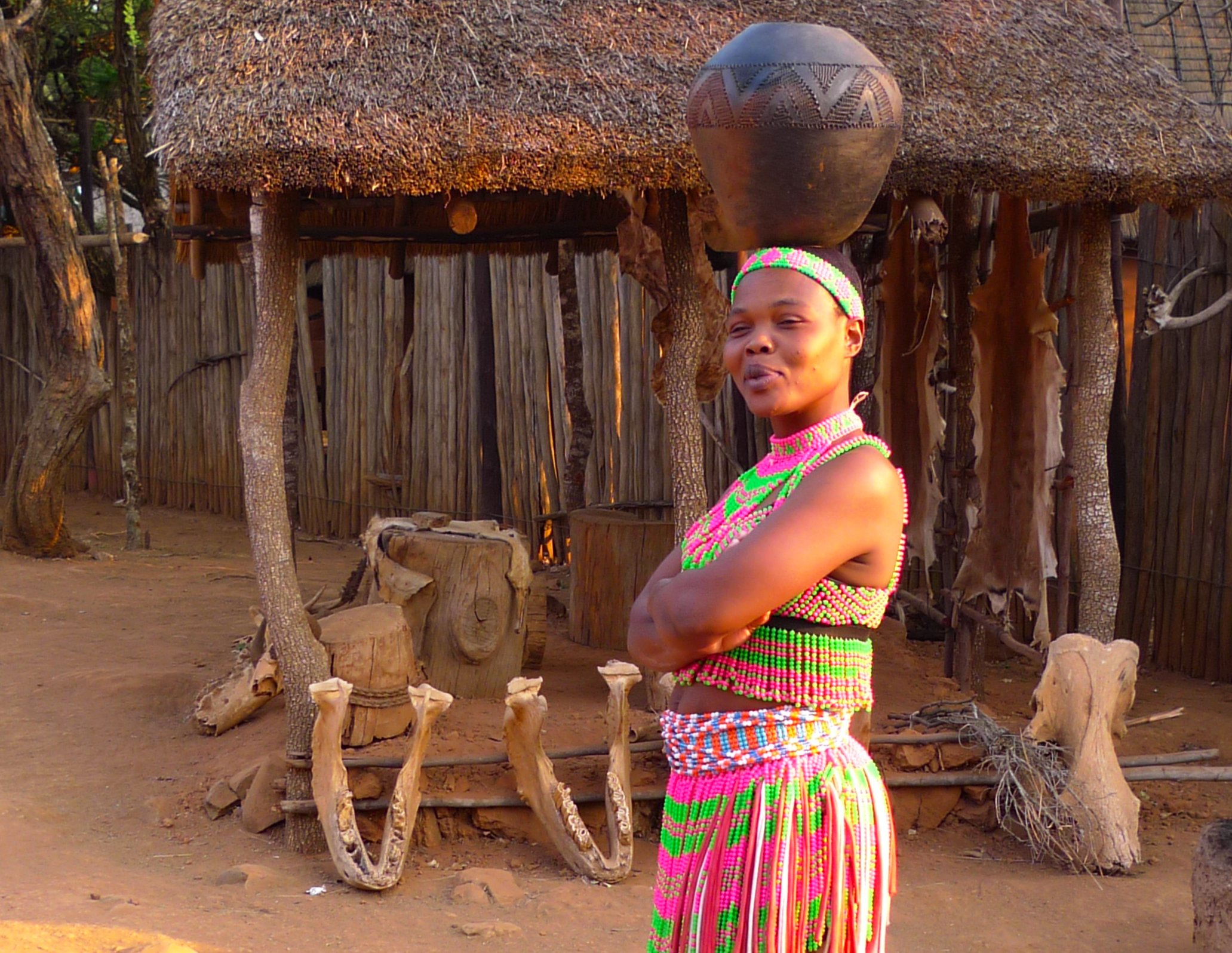 Leonard Zhukovsky, Shutterstock
Leonard Zhukovsky, Shutterstock
Traditional Zulu Beadwork
Beadwork is worn by all men, women, and children at any age. But depending on which stage of life they’re in, the beadwork indicates different meanings.
Most beadwork is worn when young Zulu people are looking for love. It acts as an attention-grabber. When a young Zulu girl finds a suitor, she gifts him beaded accessories to show her interest. The more beaded necklaces a boy is given, the more desirable he appears.
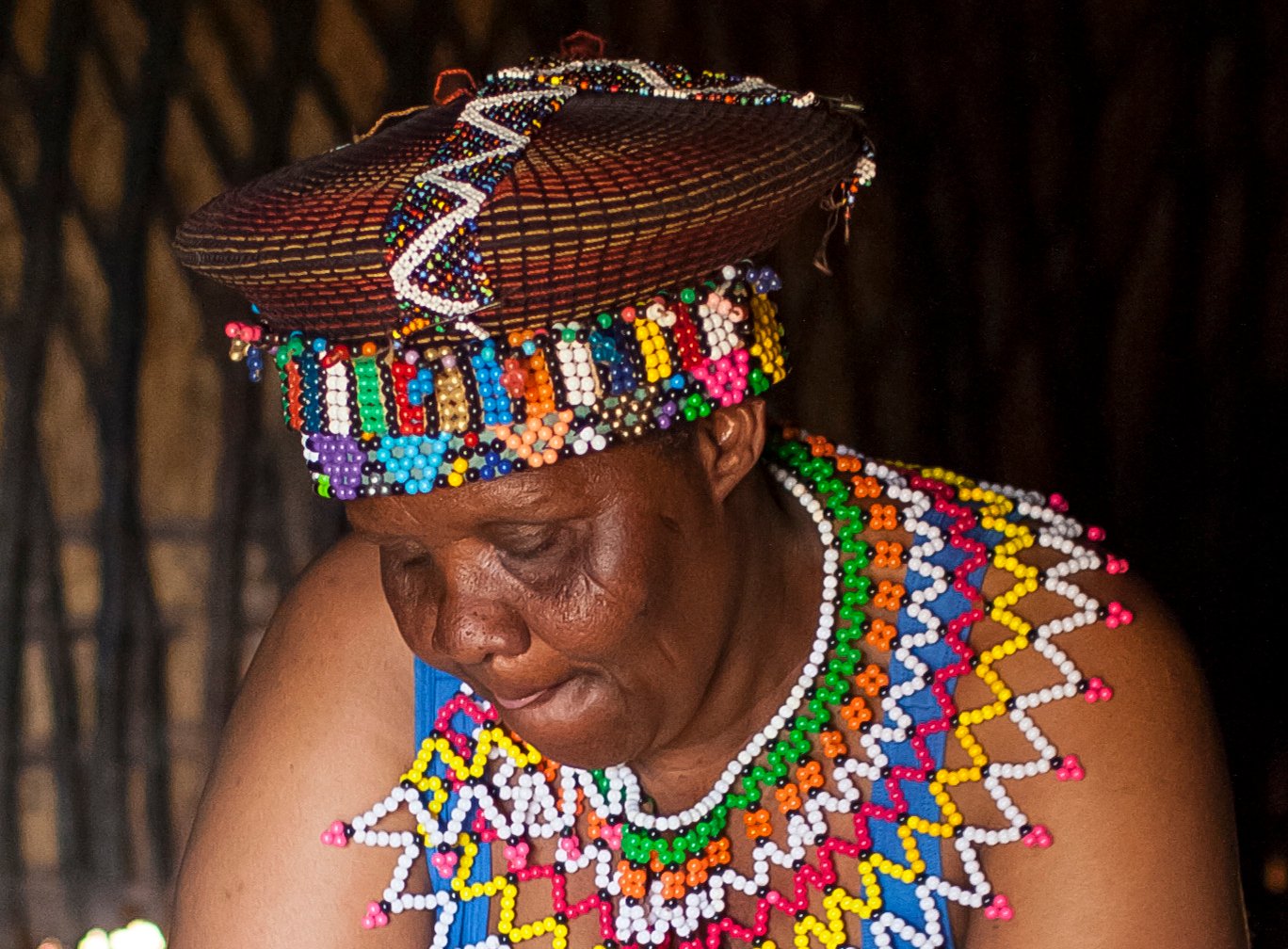 selim kaya photography, Shutterstock
selim kaya photography, Shutterstock
What Do Zulu Men Wear?
Traditional Zulu men wear clothing made of animal skins and feathers. The kind of skins used determine the status of the man. They also wear tufts of cow’s tail on their upper arms and below the knee to make them look big and broad.
Young men wear a short skirt that just barely covers their buttocks, as it is more practical for fighting, hunting, and dancing. Older men wear a long, ankle-length skirt.
Men also wear beadwork and handmade clothing that signify their relationship status.
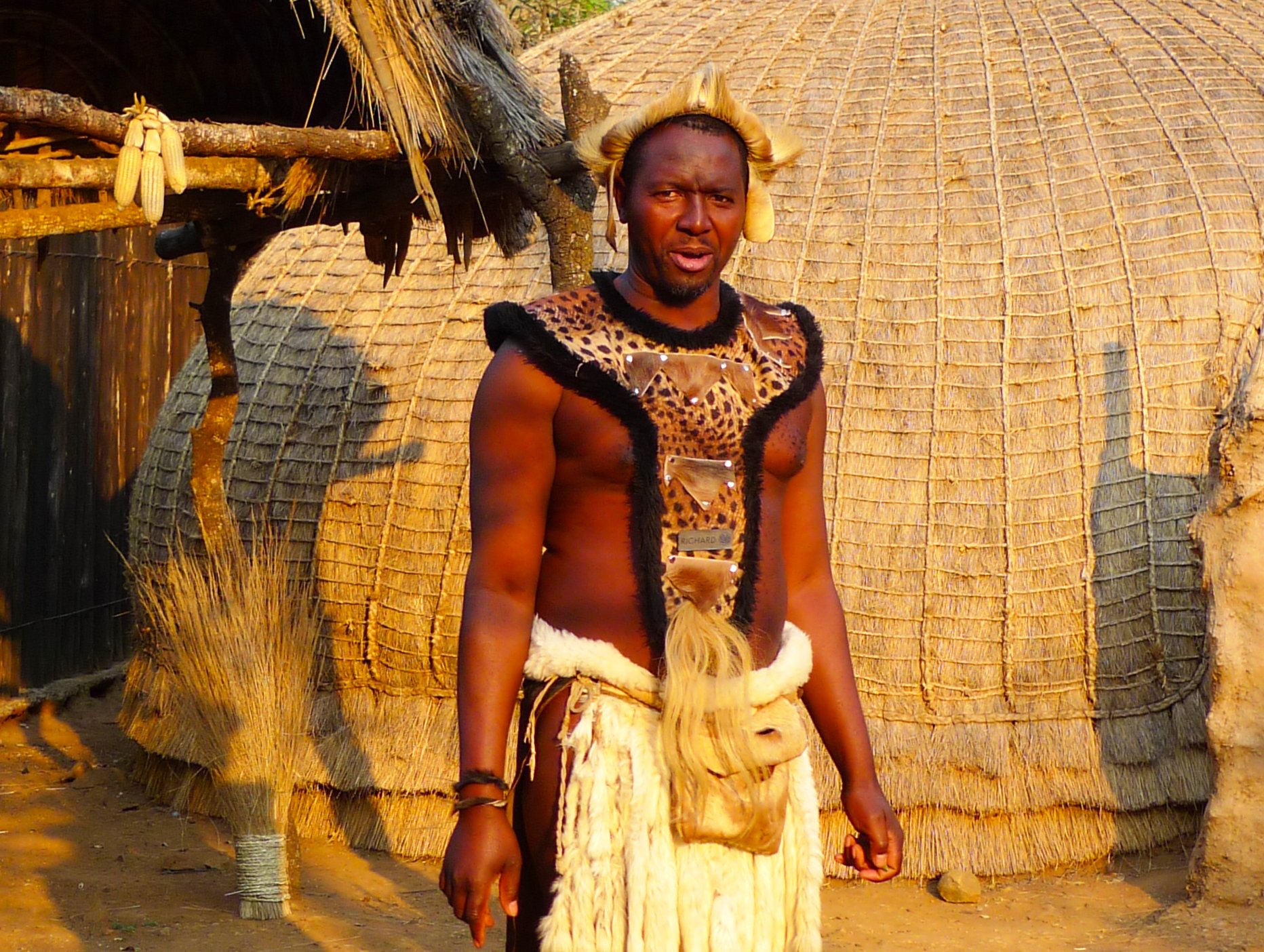 Leonard Zhukovsky, Shutterstock
Leonard Zhukovsky, Shutterstock
Zulu Men’s Attire
Aside from their mini man-skirts, a headband is often worn by married Zulu men, to tell other women that they’re off the market. These headbands are also made of animal skins. Only royal family members and chiefs can wear leopard skin, but the average Zulu man can wear it on his wedding day.
Nowadays, modern Zulu men have acquired more Western clothing.
What About Zulu children?
Zulu children are free to play for the first few years of their lives. But once they turn about five, they start to learn their place within society.
Zulu girls start learning domestic chores by shadowing their mothers, increasing their responsibilities as they get older.
At the same age, Zulu boys begin training in the art of fighting and defense. They’re also tasked with looking after their father’s herd, along with their brothers.
Children are extremely important in the Zulu culture—and a woman who can’t have a child is faced with a big problem.
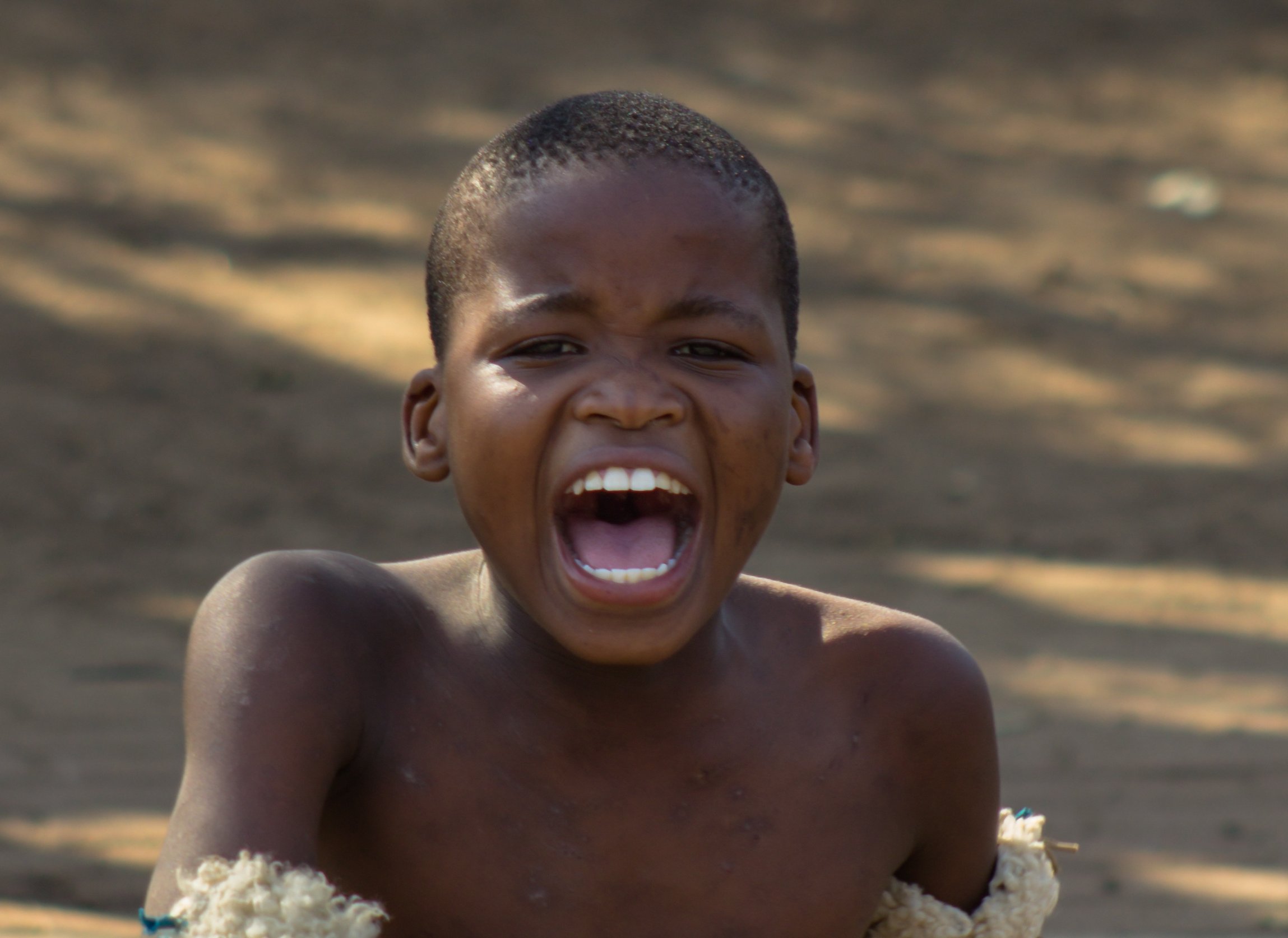 Rome Loots Photography, Shutterstock
Rome Loots Photography, Shutterstock
What Happens To Childless Women?
When a Zulu woman struggles to have children, she is seen as unworthy and will often end up ostracized from her family. This is common in many traditional African cultures as a woman’s sole purpose is to have children. This issue is magnified by the fact that Zulu marriages are polygamous, meaning the wives are essentially disposable.
A childless Zulu woman may actually lose her status of a wife if she cannot give her husband at least one child.
But, sometimes, there’s a solution to the problem before it goes that far.
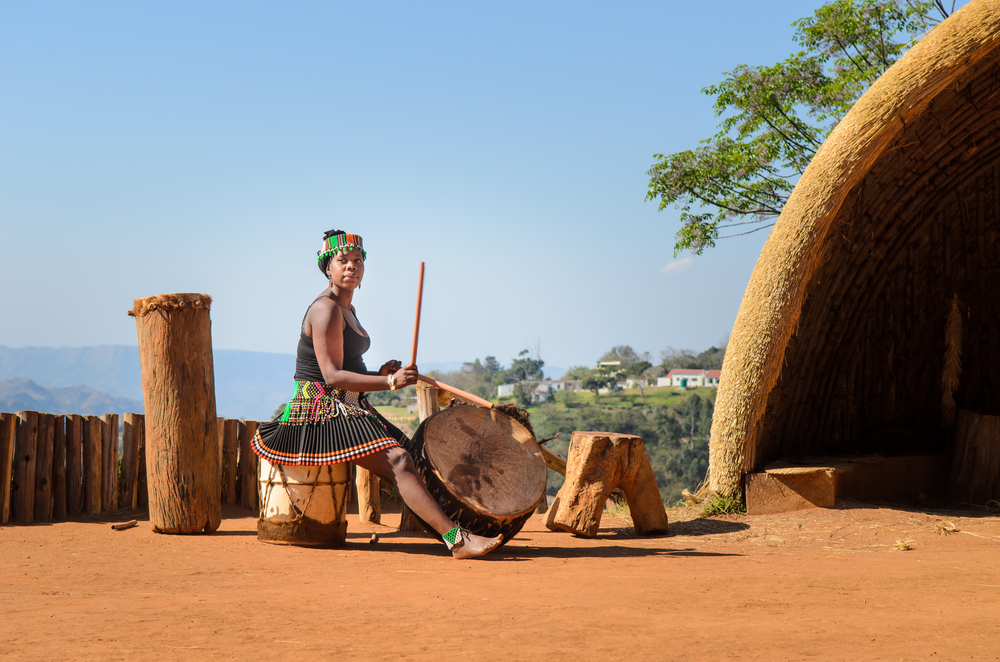 Codegoni Daniele, Shutterstock
Codegoni Daniele, Shutterstock
The Childbearing Ritual
If a woman struggles to conceive, the Zulu clan may believe the ancestors are not happy and will withhold the pregnancy until they are acknowledged.
So, before a wife is tossed aside, they’ll try a ritual first, where they ask the ancestors for help conceiving, and offer more animal sacrifices.
After the ritual, the couple are required to get to work making the baby.
Shaking The Sheets
It is expected that after the childbearing ritual, a woman should fall pregnant almost immediately. Though, this may be more because the man and woman are then required to do the deed—often—to make it happen. So much so that they’re left alone for several days to do it as much as they can while the ancestors work their magic from above.
On that note, women who do become pregnant are also encouraged to go to bed with their husbands multiple times a day during early pregnancy to “strengthen the embryo".
But when the baby is born, things take a turn.
What Happens When A Child Is Born?
When a Zulu woman is in labor, only older Zulu women can be in attendance. Particularly, older women who have reached menopause and are no longer intimately active—this is to ensure they will not be negatively affected by the birth. It is a common belief that young and fertile women who help with childbirth may end up later having stillborn babies themselves, as a result.
Men are not allowed anywhere near a birthing woman as it is said to “pollute” them. This continues for several days after the infant is born.
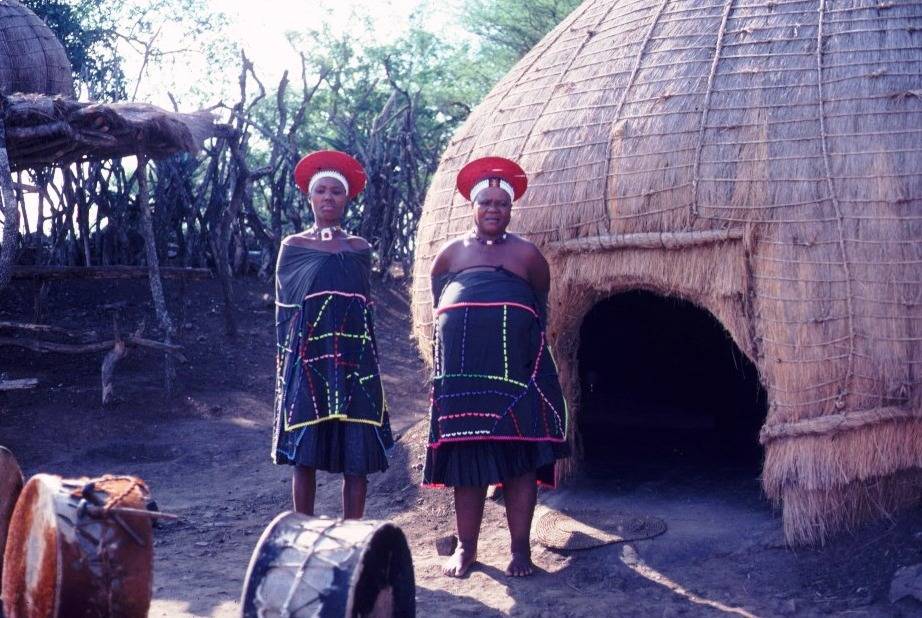 Jean-Claude Hanon, CC BY-SA 3.0, Wikimedia Commons
Jean-Claude Hanon, CC BY-SA 3.0, Wikimedia Commons
What Happens If A Baby Doesn’t Live?
If a baby is stillborn, it is buried far away from the village. Infants are believed to not yet contain a spirit, and therefore are not allowed to be buried in the cemetery. The loss is kept hush-hush as to not make other pregnant Zulu women afraid of the same outcome.
If a baby is born with abnormalities though, things are done differently.
What Happens To A Baby Born With Abnormalities?
The Zulu community will not exactly end an infant’s life if it’s born with abnormalities, but the baby will not be treated the same. If the baby’s health is challenged from the beginning, it will likely pass within a few months as there are no medical interventions available.
If an “abnormal” baby lives, it is often neglected, which then will ultimately lead to its demise anyway.
But then, up until recently, there's what happened to twins.
What’s Wrong With Twins?
Up until somewhat recently, Zulu people considered twins a bad omen. It was believed that twins would bring bad luck and would either both become ill or one of the parents would perish—usually the father is said to be at a higher risk of passing during battle. But without the use of modern medicine, twins would be a surprise at birth.
To avoid the father’s possibly impending demise, the woman’s mother-in-law would take the infant twins aside and perform a secret act.
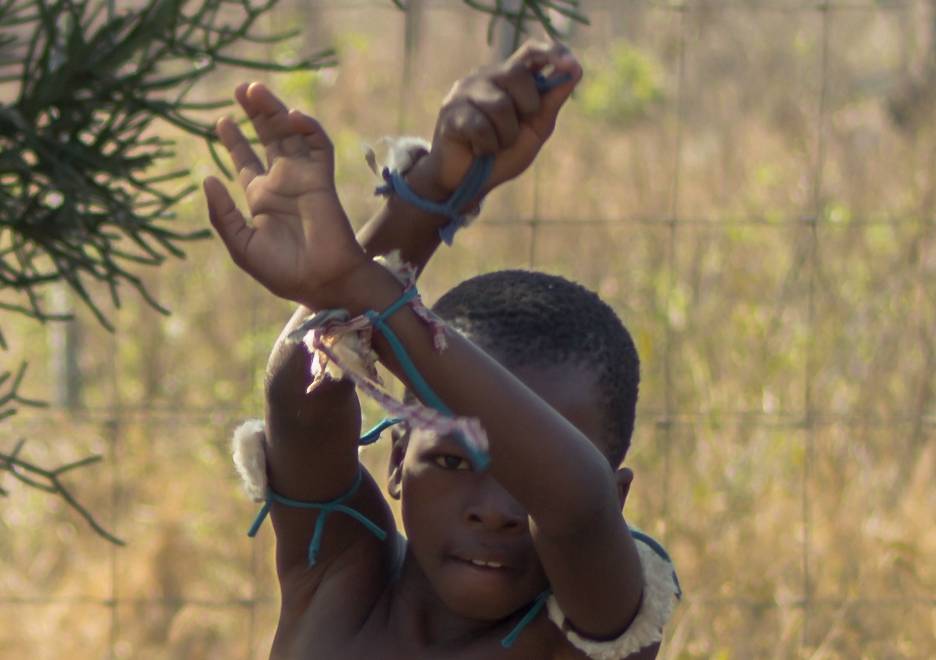 Rome Loots Photography, Shutterstock
Rome Loots Photography, Shutterstock
What Did They Do To The Twins?
After a woman birthed twins, the grandmother would sneak the second baby away (while the mother cleans up) and end its life. Tthe first child was spared, as it was seen as “the intended child." She would then carefully tell the mother that her second child had passed.
The mother and father are not allowed to cry after hearing this devastating news, as it may then cause the first twin to pass as well.
However, as with all rules and rituals, there are exceptions.
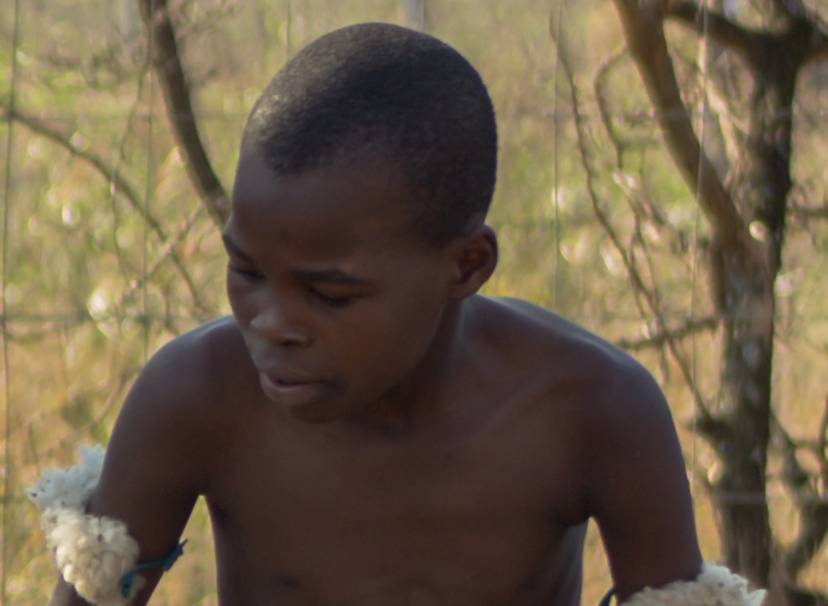 Rome Loots Photography, Shutterstock
Rome Loots Photography, Shutterstock
What Are The Birth Exceptions?
If a baby is born with certain abnormalities, such as an extra finger—the family may choose to keep it or amputate it. Sometimes, if the finger is usable, it is considered “lucky". A limpy extra finger would be promptly chopped off by the grandmother.
A finger is one thing, but when something is wrong with the baby’s face, it’s a whole other story.
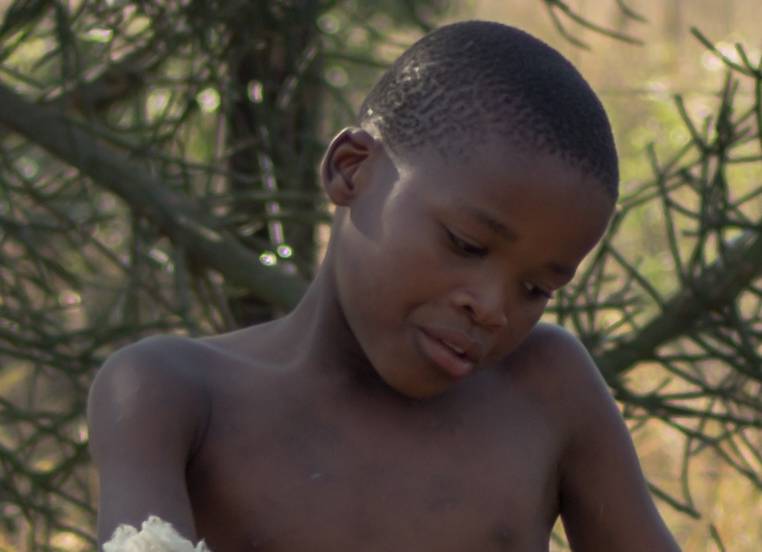 Rome Loots Photography, Shutterstock
Rome Loots Photography, Shutterstock
Facial Abnormalities
If a Zulu baby is born with facial abnormalities, they would be considered “injuries” that happened when the parents did the deed during the final months of pregnancy. The parents would then feel embarrassed, which often led to a disconnect with the child, resulting in neglect.
However, birth complications and abnormalities are said to be rare. The Zulu people attribute this to their strict spiritual beliefs.
What Religion Do They Practice?
Traditional Zulu beliefs involve the presence of ancestral spirits, known as amadlozi and abaphansi, who work hand in hand with God. They are said to have the power to intervene in people’s lives, for good or bad, and their heaven is called unKulunkulu—which translates to “the greatest of the great".
Their ancestors are worshiped regularly—and they interact with them in various intriguing forms.
Ancestor Worship
Zulu ancestors present themselves to their people in the form of dreams, sickness, and snakes. The best times to communicate with their ancestors are during birth, puberty, marriage, and death. And they do this to ask them for blessings, good luck, fortune, guidance, and help.
But how they interact with them is as traditional as it gets.
Traditional Offerings
The Zulu communicate with their ancestors for many reasons, and when they do, it’s a big thing. First, they make a big batch of homemade beer. Once they’re feeling good, they begin slaughtering various animals to use as sacrifices and offerings.
But this isn’t done by just anyone in the tribe.
The Diviner
Particularly when times are rough, and to appeal to the spirit world, a diviner they call sangoma must invoke the ancestors to determine the problem.
Then, the inyanga (an herbalist) makes a mixture called muthi that has to be consumed to influence the ancestors.
But the mixture comes in two flavors—and one of them calls upon the wrong ancestors.
Muthi
Umuthi omhlope is the white muthi mixture, and it has positive effects, like healing or the prevention or reversal of misfortune.
Umuthi omnyama is the black muthi mixture, and it is said to bring illness or death to others, or ill-gotten wealth to the user.
Those who use black muthi are considered to be witches, and are shunned by society.
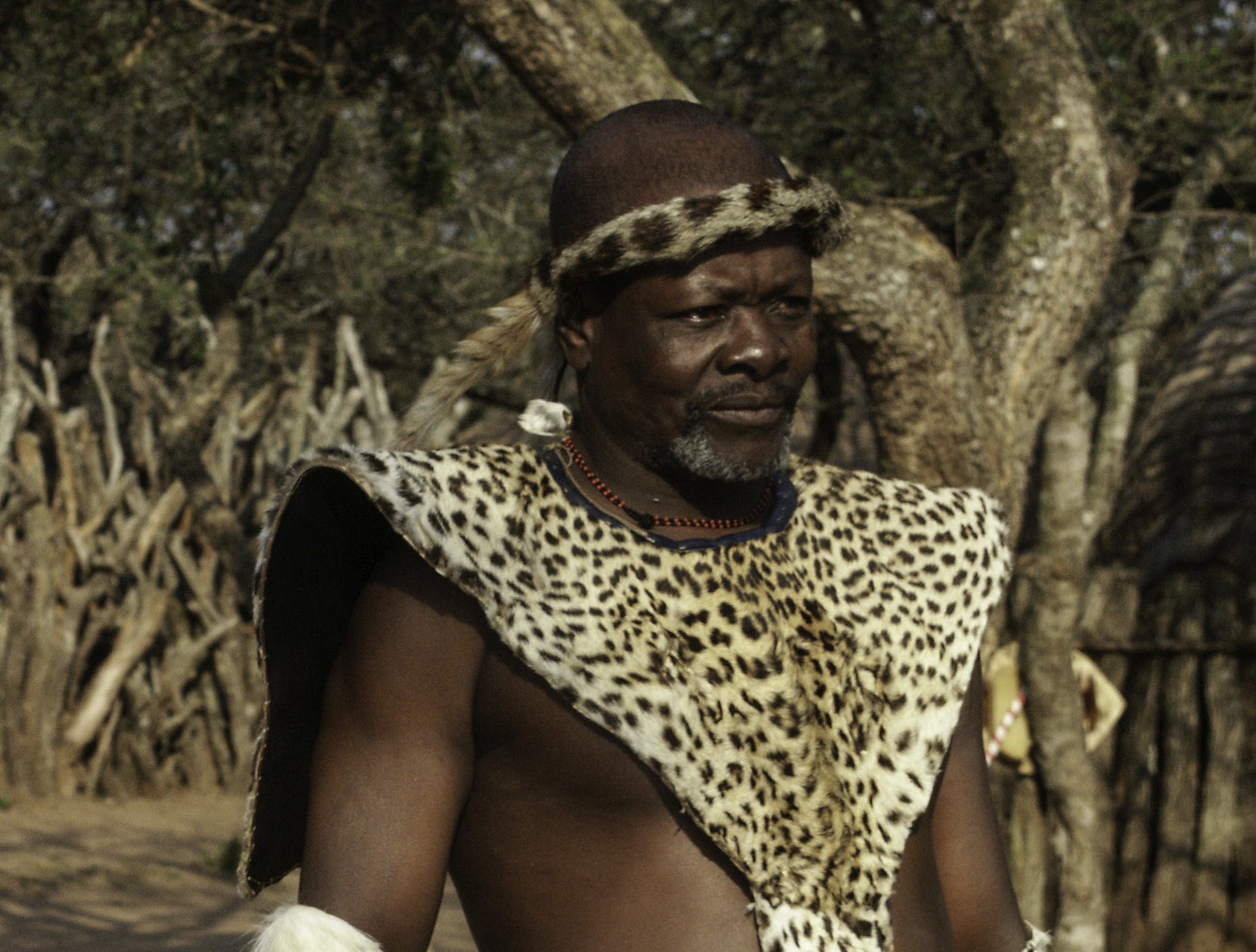 Erica Lorimer Images, Shutterstock
Erica Lorimer Images, Shutterstock
The Ukweshwama Ceremony
Ukweshwama is an annual ceremony that celebrates a new harvest. It is a day of prayer when the Zulu people thank their creator and their ancestors.
The traditional activity at this ceremony involves an angry bull and a batch of new, young warriors.
The Ukweshwama Ceremony
Zulu tradition requires a new regiment of young warriors to confront an angry bull to prove their courage. It is believed that when the bull’s life ends, the warriors inherit the beast’s strength—and then this power is transferred to the Zulu king.
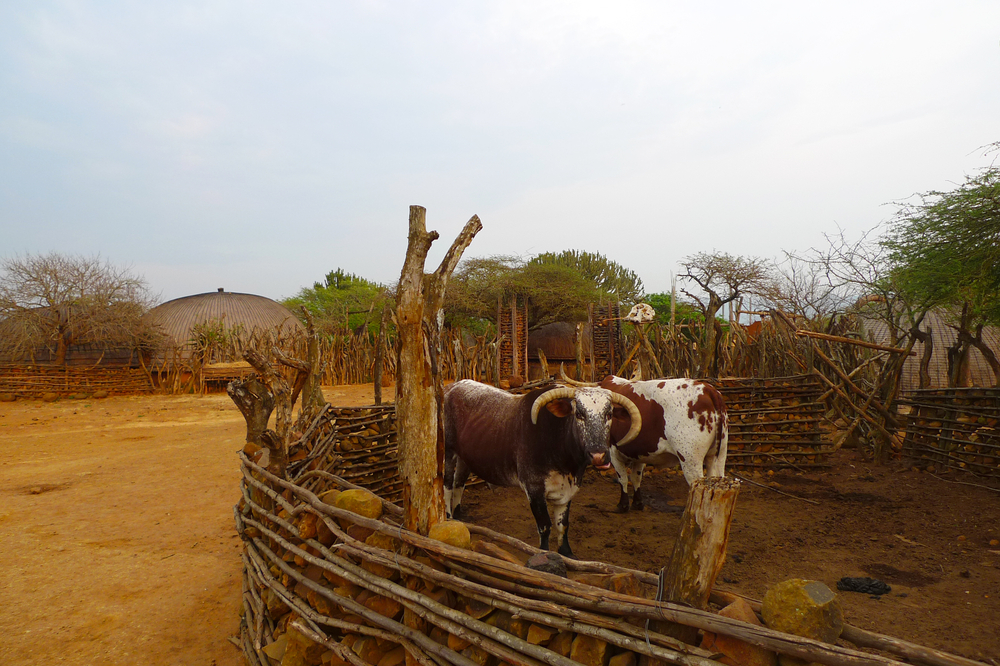 Leonard Zhukovsky, Shutterstock
Leonard Zhukovsky, Shutterstock
Who Is The Zulu king?
The Zulu formed a powerful state back in 1816, under the leader Shaka. He ruled from about 1817 until he was assassinated by his half-brothers in 1828.
Shaka is credited with creating the Zulu Empire, after uniting several clans—essentially taking them from one small tribe to a more unified “state”.
In doing so, he also built a militarized system which included a standing army, new weaponry, regimentation, and battle tactics.
But he wasn’t exactly everyone’s cup of tea.
King Shaka
King Shaka was one of the most influential monarchs of the Zulu Kingdom. He may have been an incredibly smart leader, leading the Zulus into many successful battles, but he was seen as feared and cruel.
Even though he wasn’t well-liked, he was a fairly good king, avoiding major conflict for many years. It wasn’t until 1878 that the strong warrior tribe met their match.
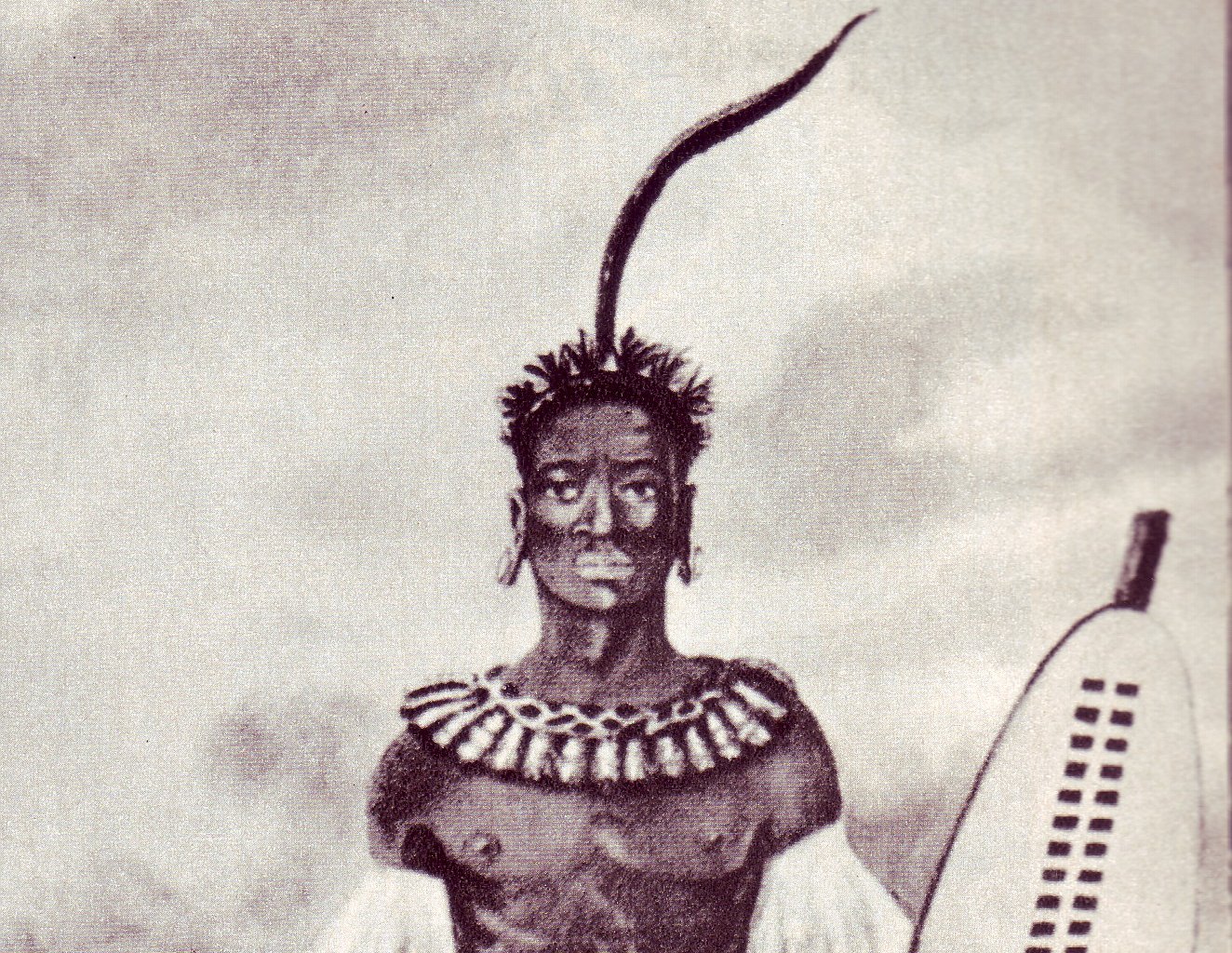 Unknown Author, Wikimedia Commons
Unknown Author, Wikimedia Commons
Conflict With The British
In 1878, the Zulu kingdom went under attack by the British. They resisted for as long as they could, winning many bloody battles—like the Battle of Isandlwana where they won with an army of 20,000 men against 1,800 British troops—but in the end, the British defeated the Zulus.
These battles weren’t the only war the Zulus would have to fight, though.
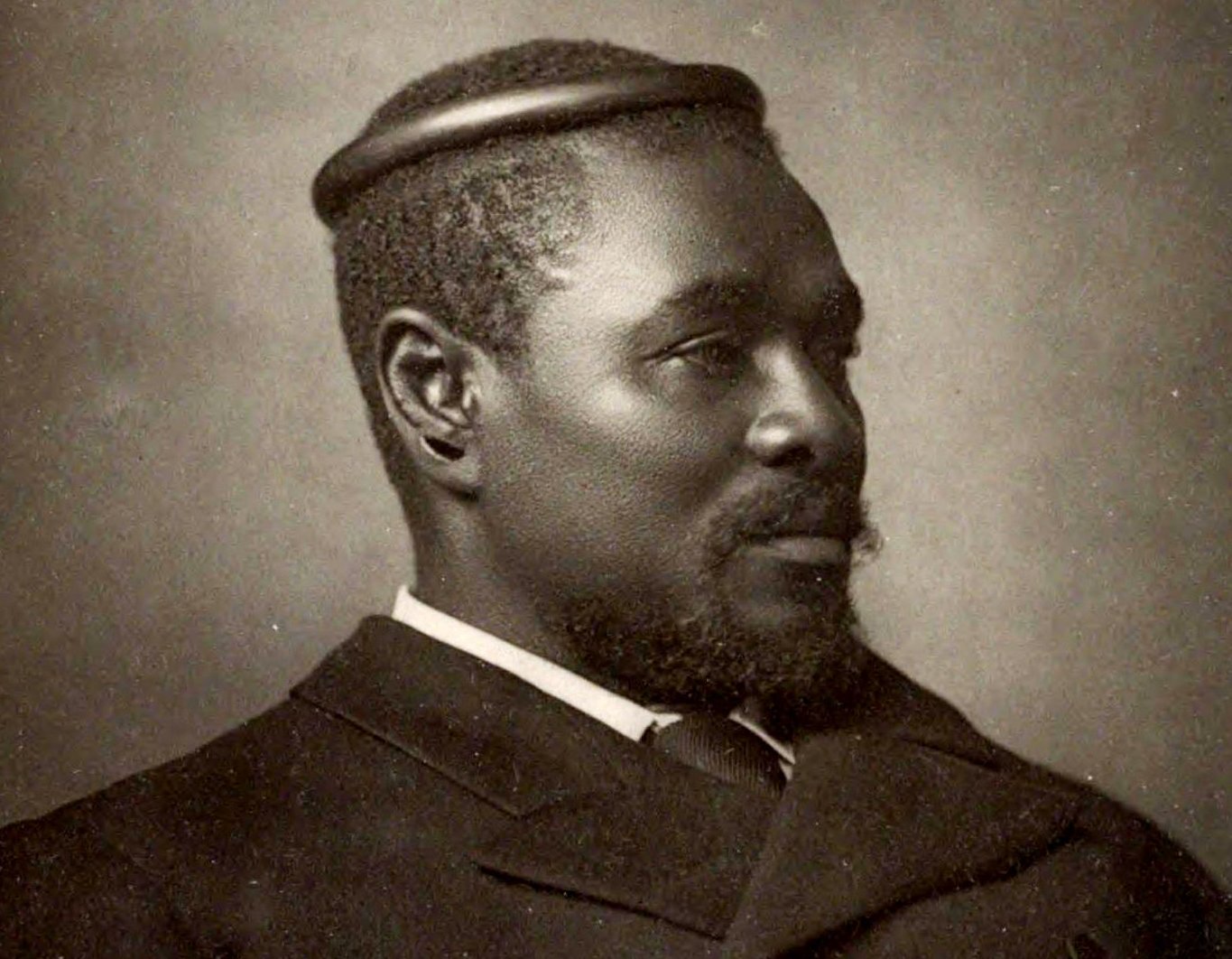 Alexander Bassano, Wikimedia Commons
Alexander Bassano, Wikimedia Commons
The Apartheid Years
Many years later, in 1970, the Bantu Homeland Citizenship Act provided that all Zulus would become citizens of KwaZulu—their new “homeland”, losing their South African citizenship completely.
KwaZulu consists of many pieces of land that are not actually connected—leaving Zulu people dispersed from their original clans. Hundreds of thousands of Zulu people were forced to move to these designated areas, which were less than ideal for self-sustainable living.
This area is now called KwaZulu-Natal.
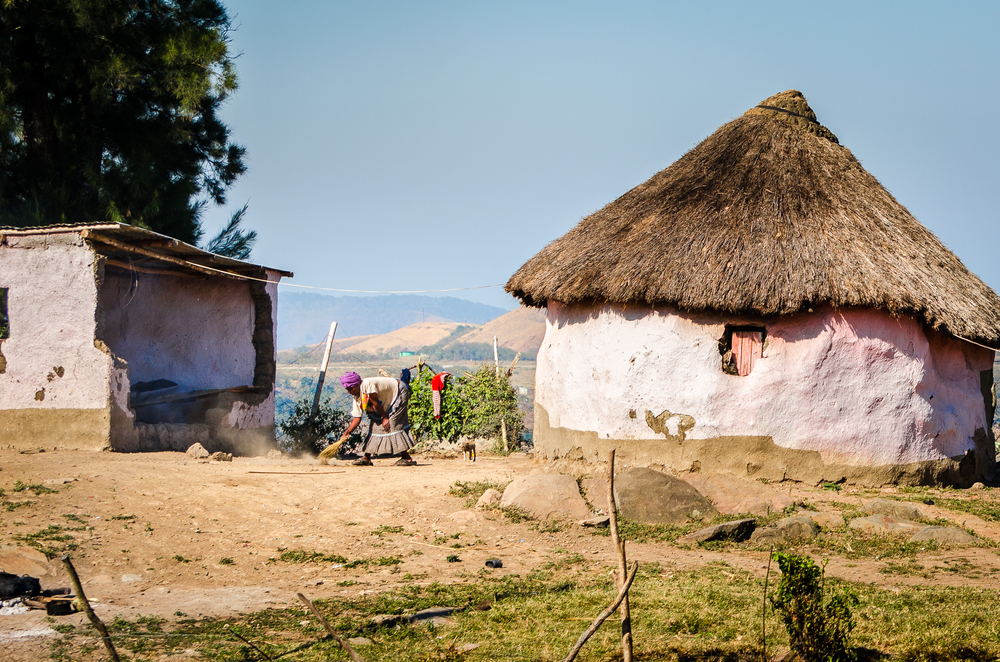 Codegoni Daniele, Shutterstock
Codegoni Daniele, Shutterstock
KwaZulu-Natal
By 1993, about 5 million Zulu people lived in KwaZulu, and about 2 million others lived in the rest of South Africa.
A year later, KwaZulu was joined with the province of Natal, to form the modern KwaZulu-Natal, and eventually ended the apartheid, giving the Zulus more freedom to breathe.
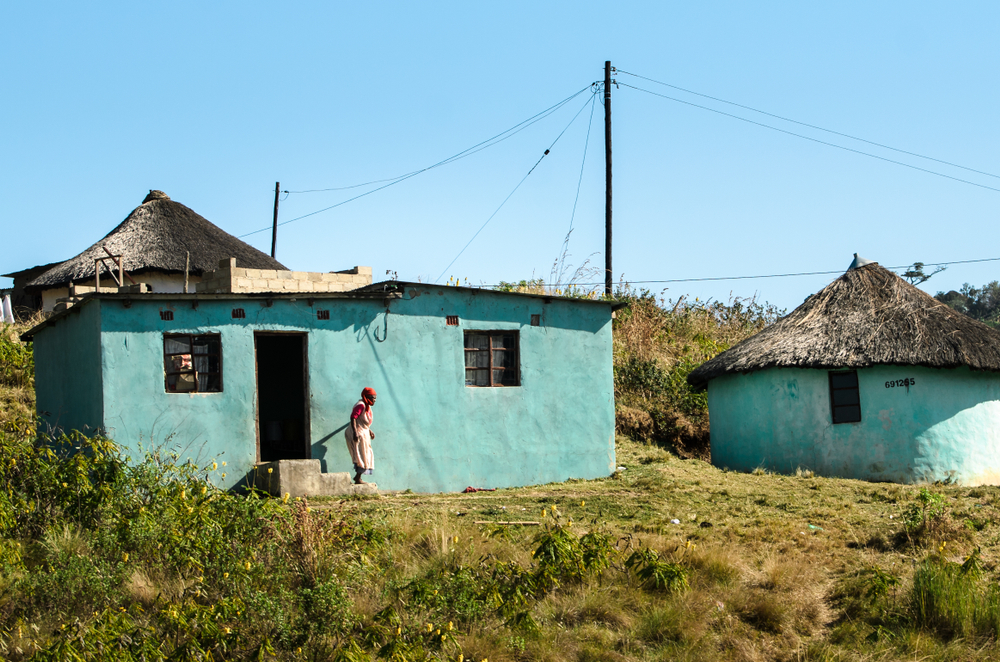 Codegoni Daniele, Shutterstock
Codegoni Daniele, Shutterstock
What Is Life Like For Zulu People Today?
The majority of Zulu people today still live in KwaZulu-Natal. After years of overcoming colonialism and apartheid, the Zulu have become the dominant ethnic group in South Africa today, and are thriving.
Do They Still Live A Traditional Lifestyle?
While many of their traditions are best viewed in history books, most Zulu people continue to practice traditional rituals and ceremonies to keep their heritage strong.
However, as with all humanity, the Zulu people have evolved over the years, and with access to modern goods, they now have stronger homes, modern tools, basic transportation, and more Western clothing.
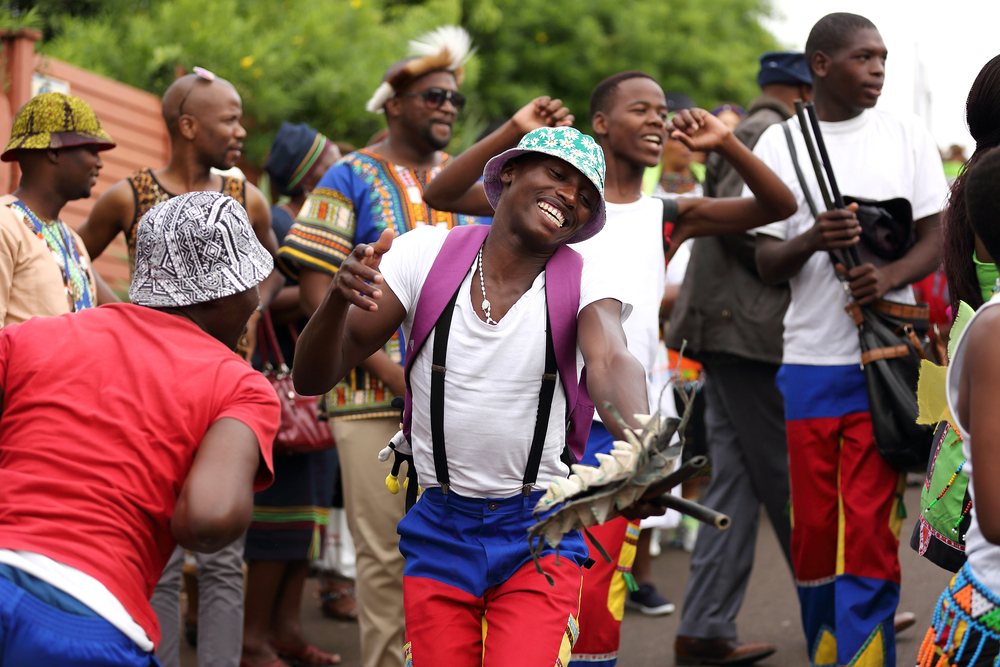 Debbie Aird Designs, Shutterstock
Debbie Aird Designs, Shutterstock
Final Thoughts
The Zulu people today continue to thrive in the modern world whilst hanging on to their traditional practices and beliefs. They have a reputation of being amicable, warm, and welcoming of others.
And while crime levels in South Africa are notoriously high, KwaZulu-Natal remains mostly incident-free and safe for both Zulu citizens and tourists looking for an immersive cultural experience.


